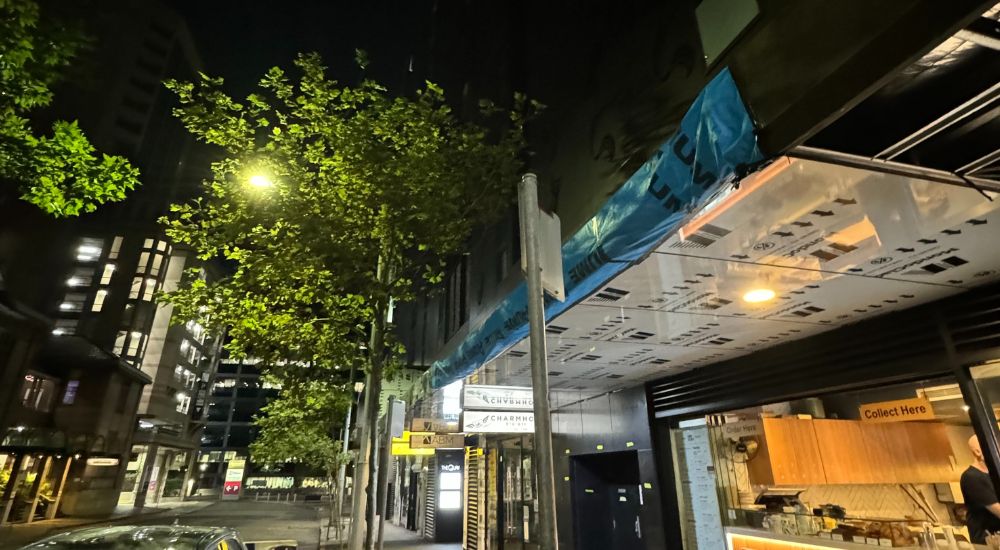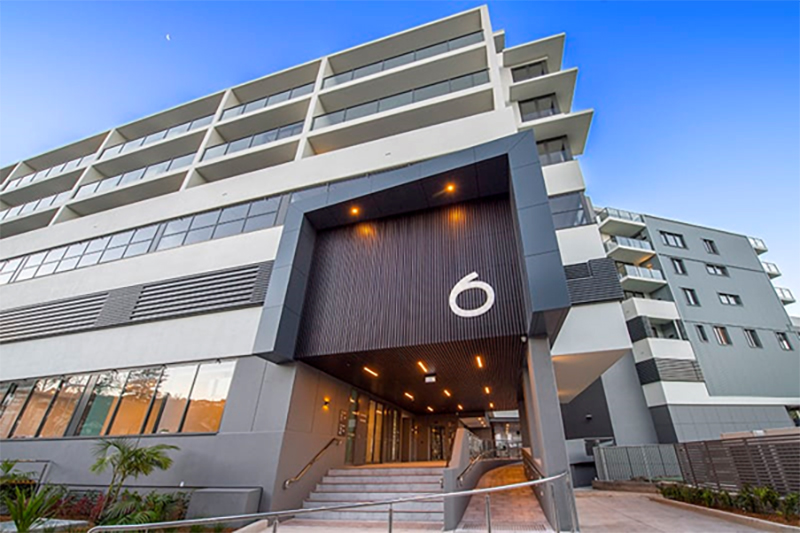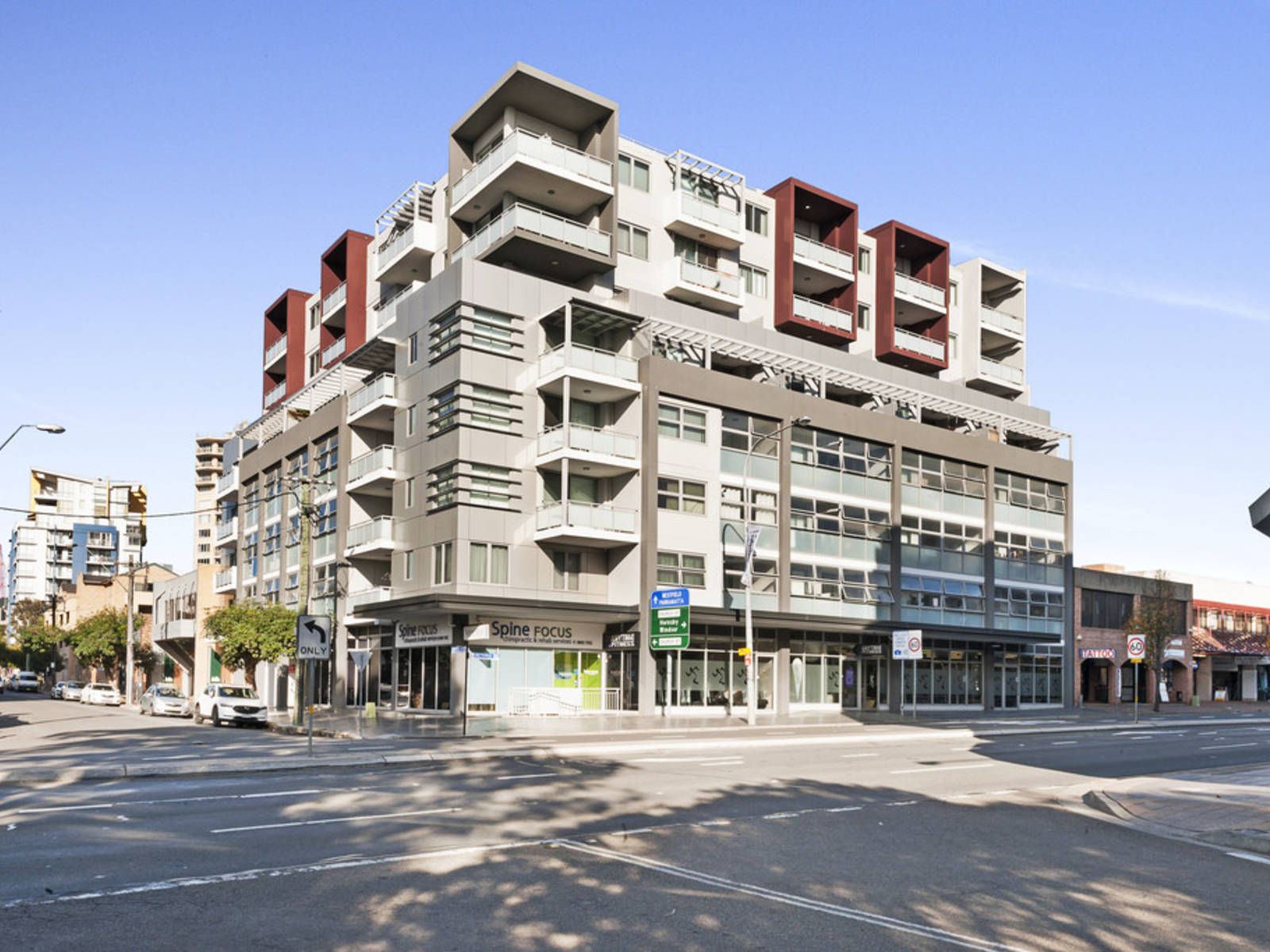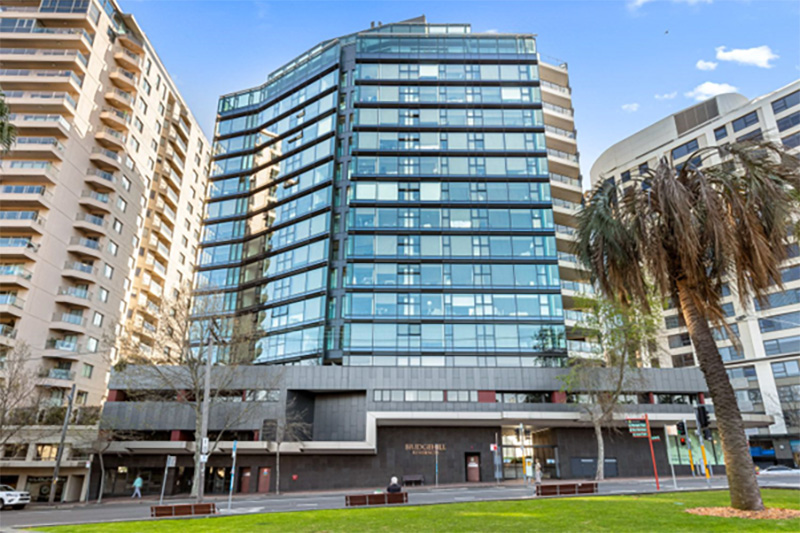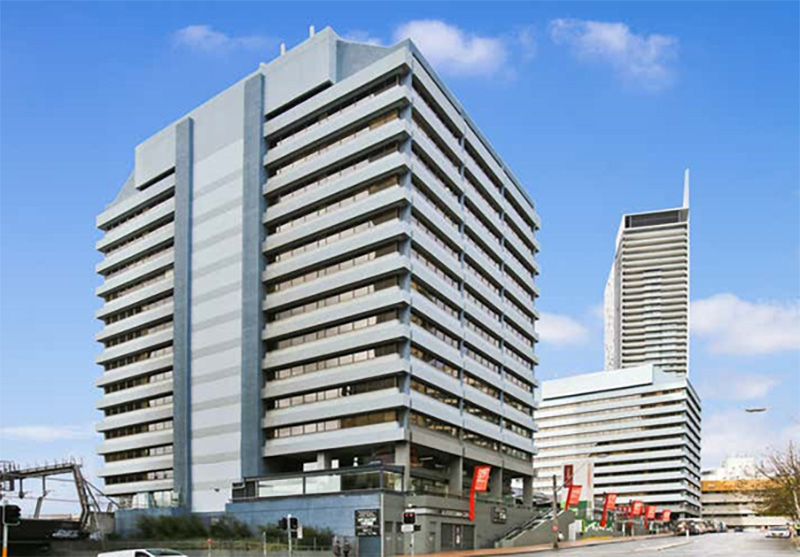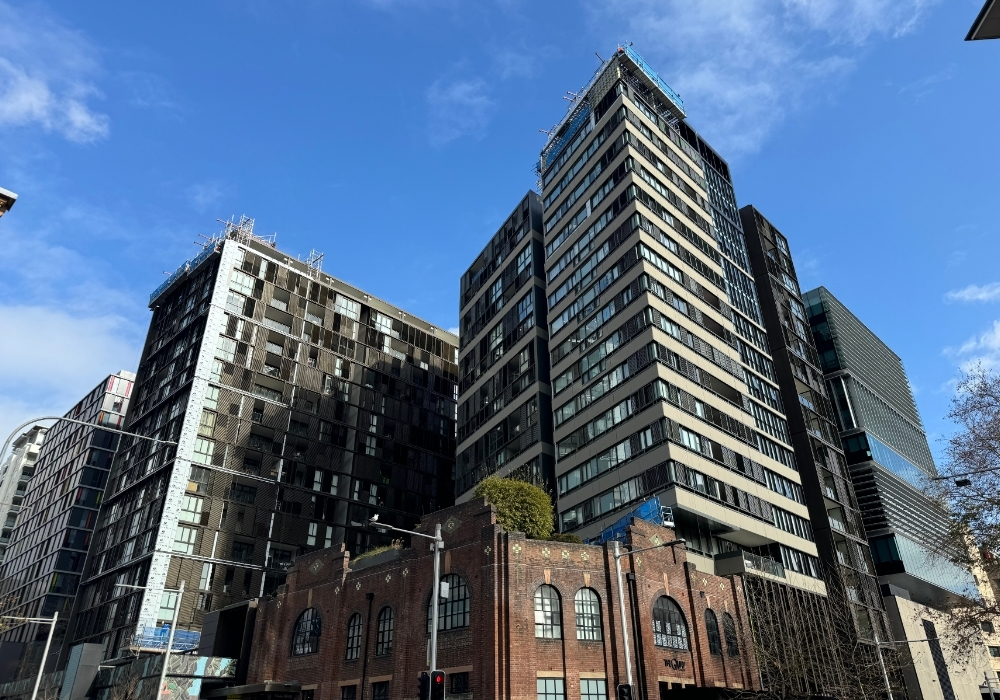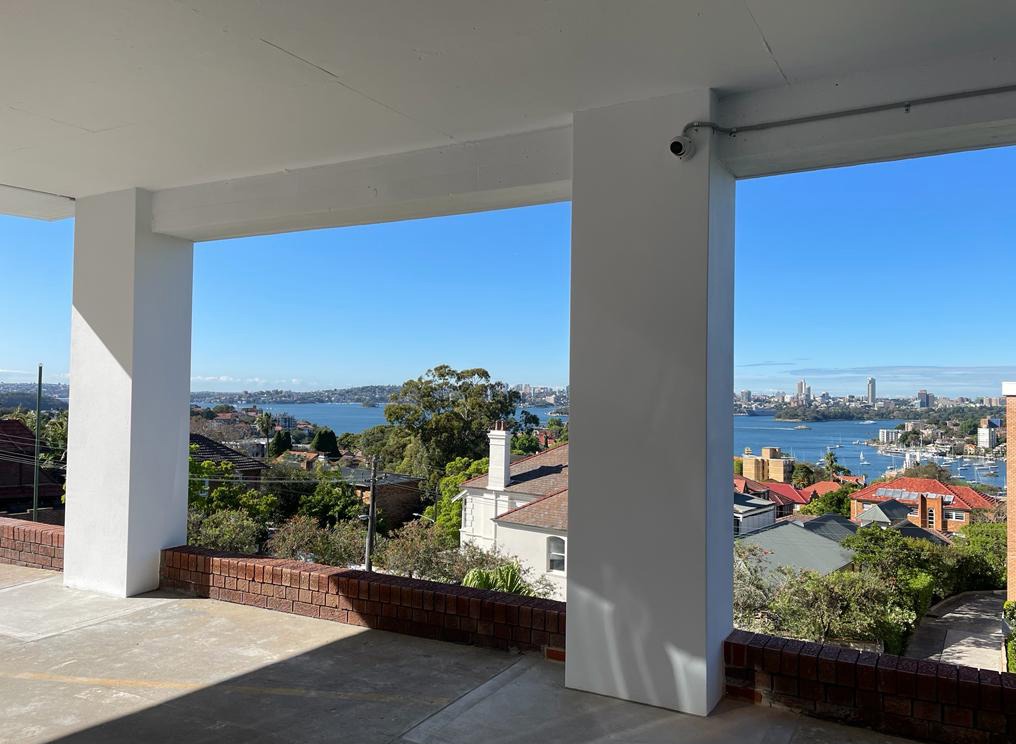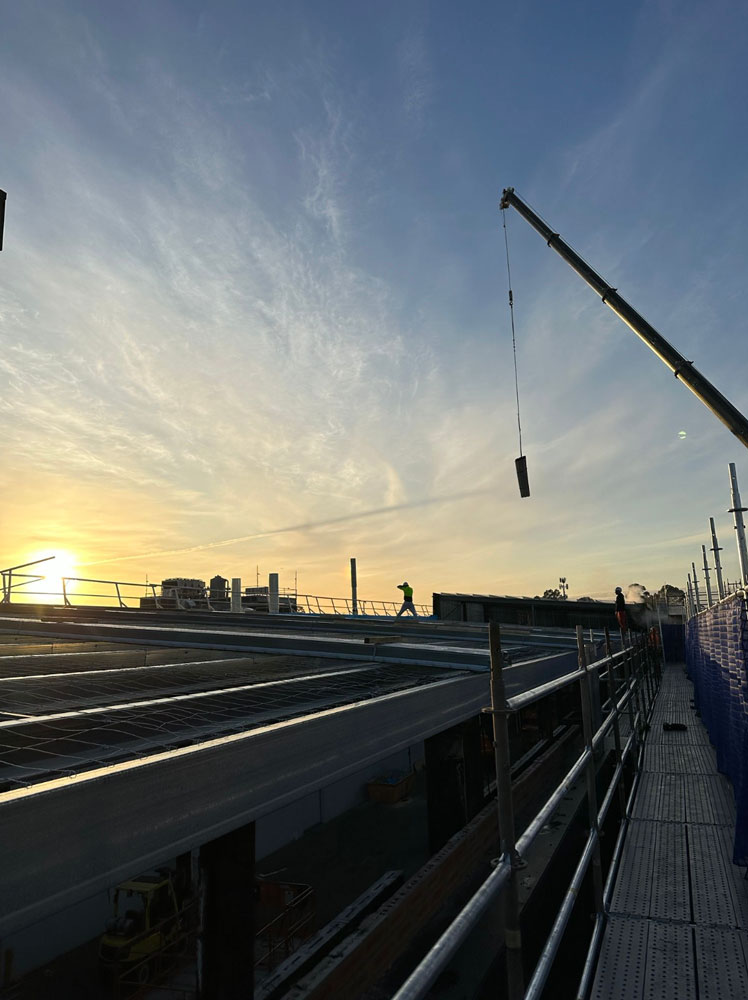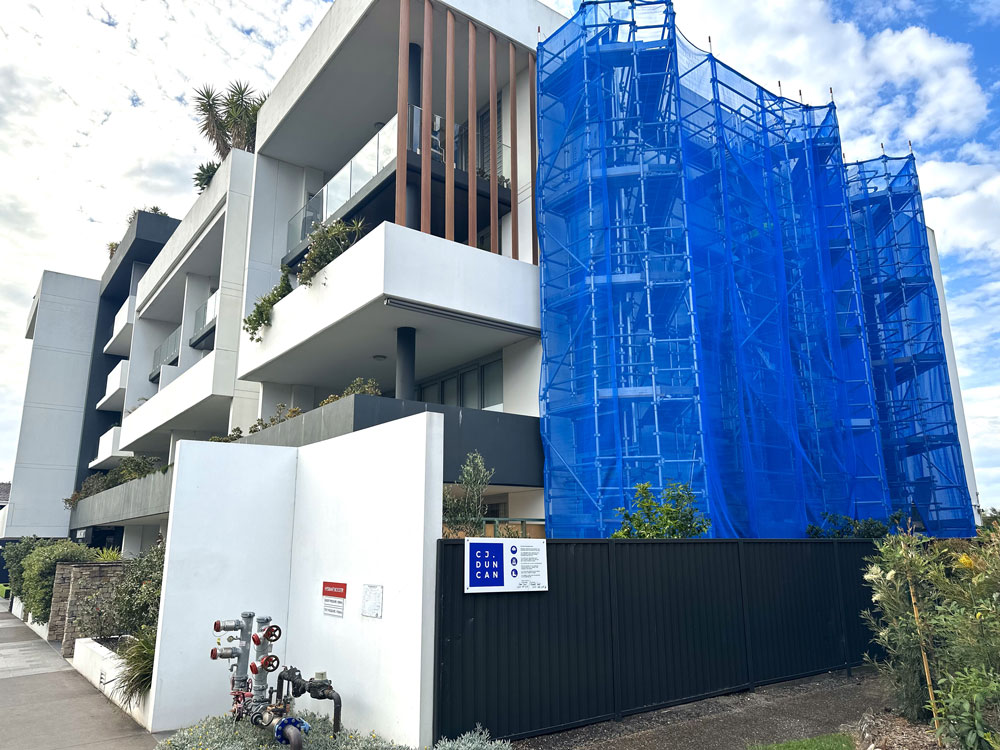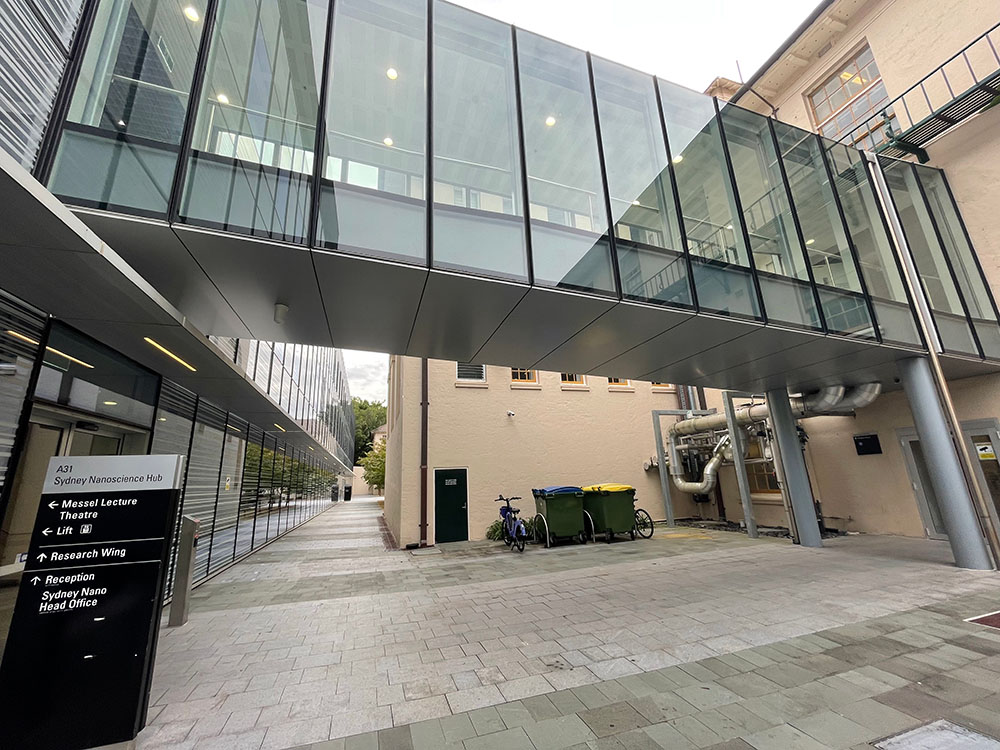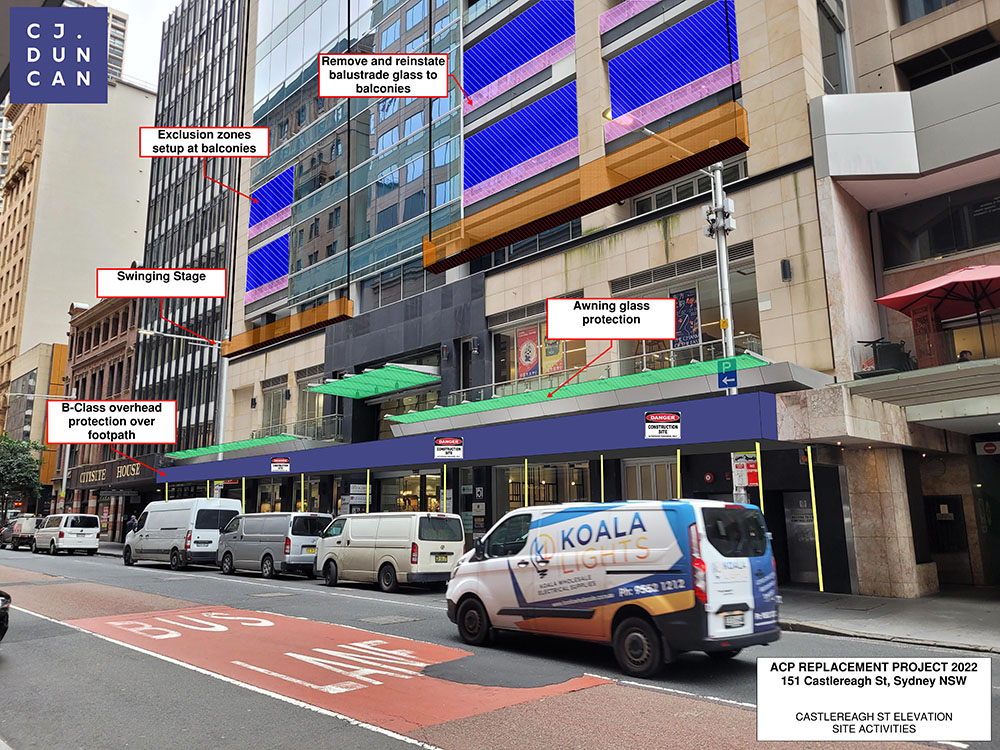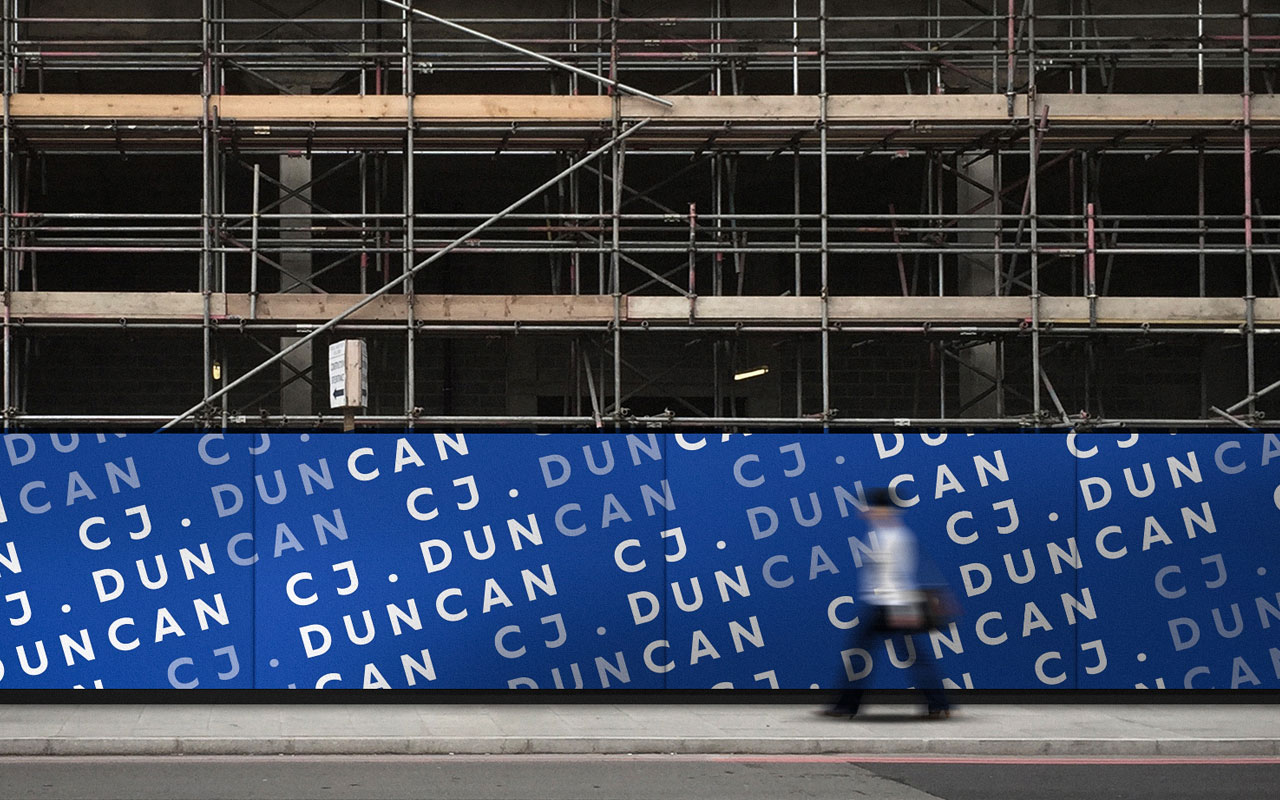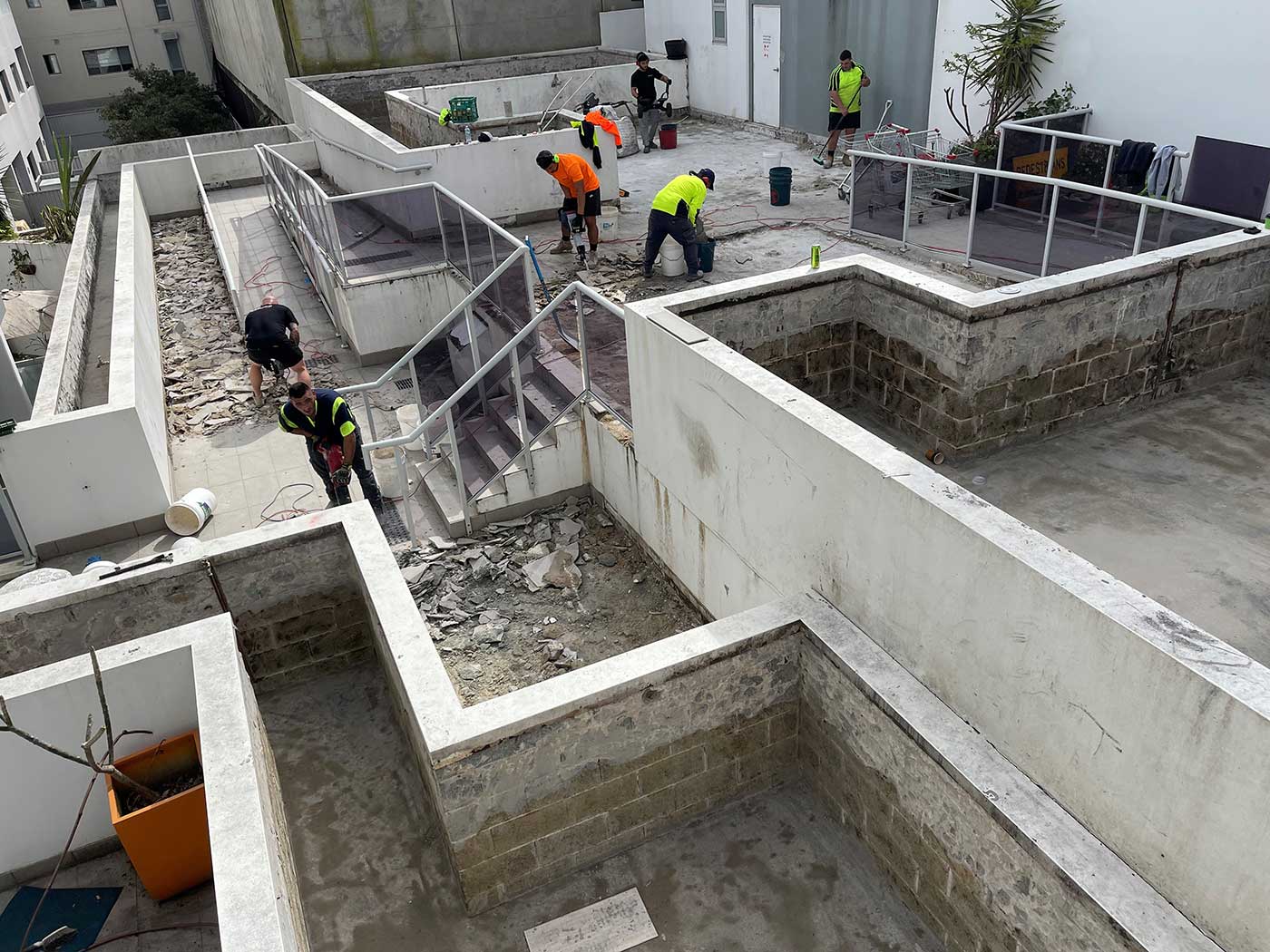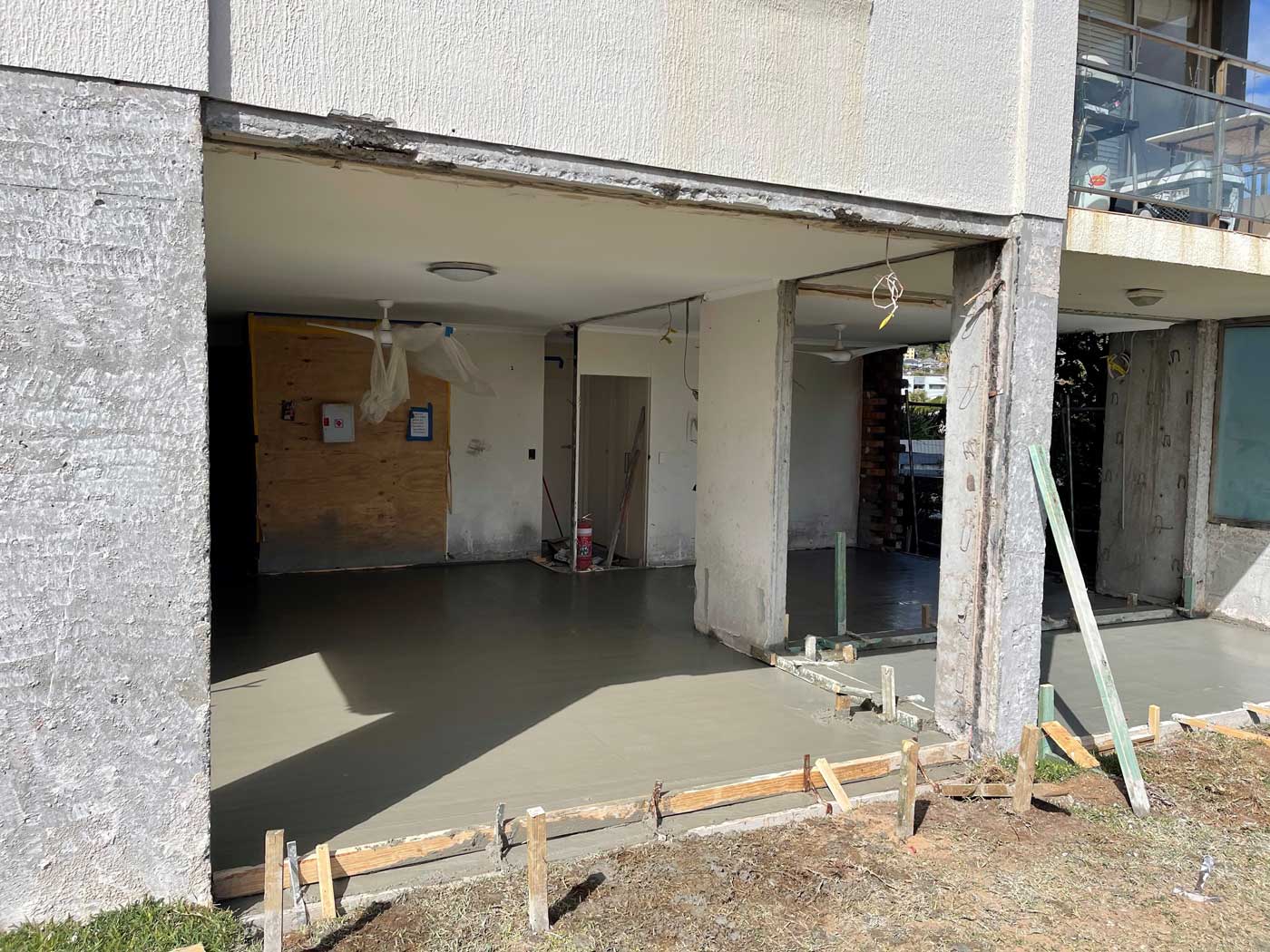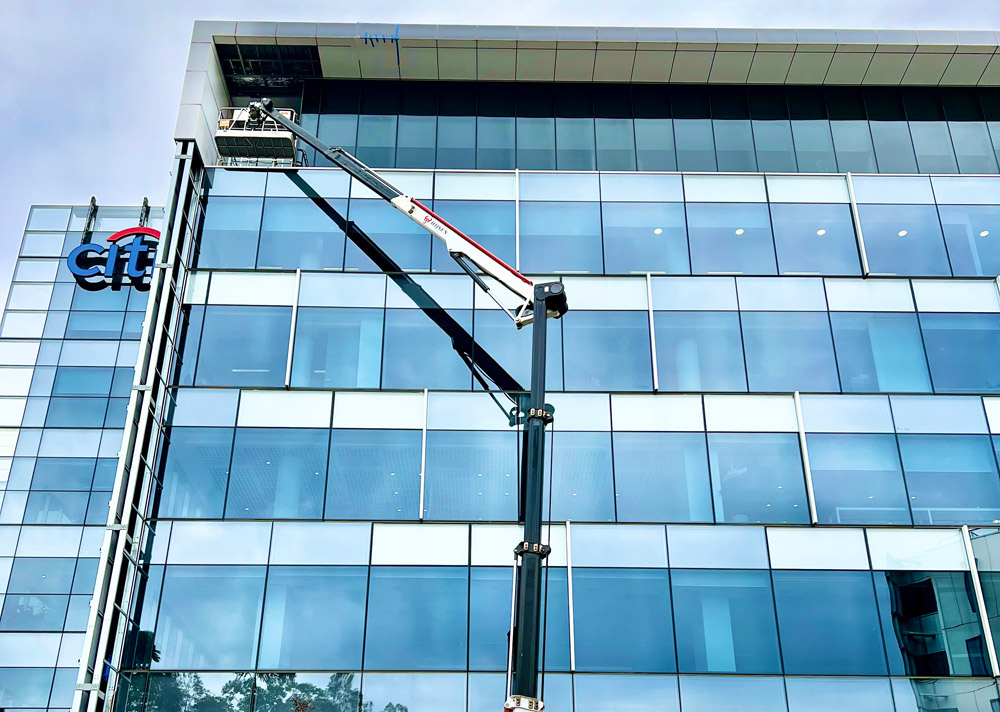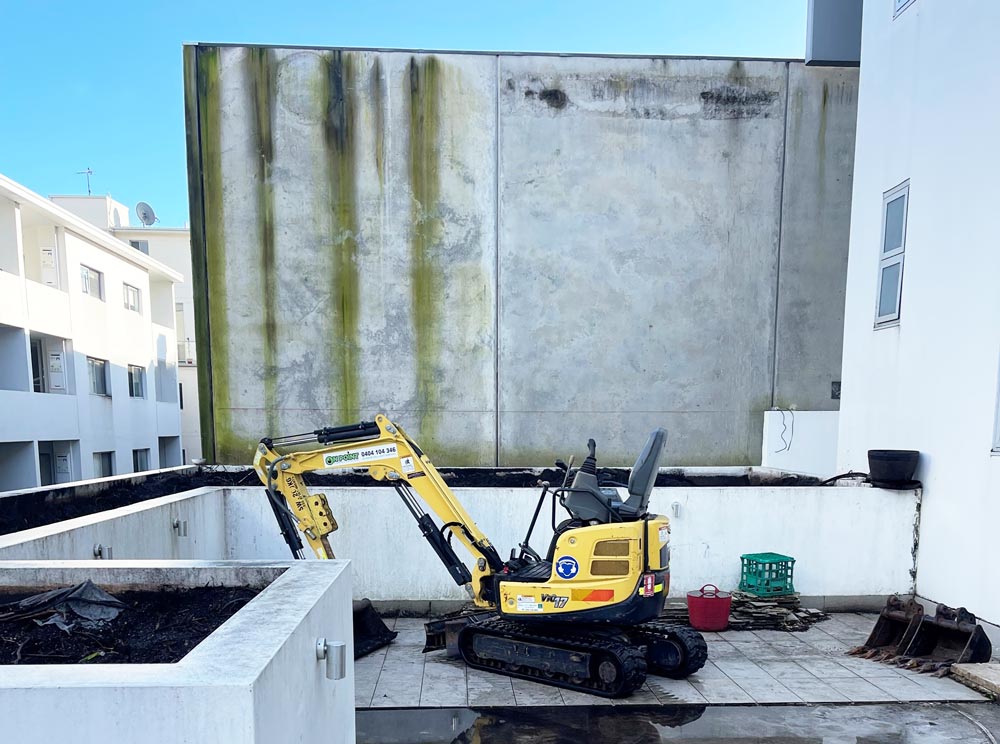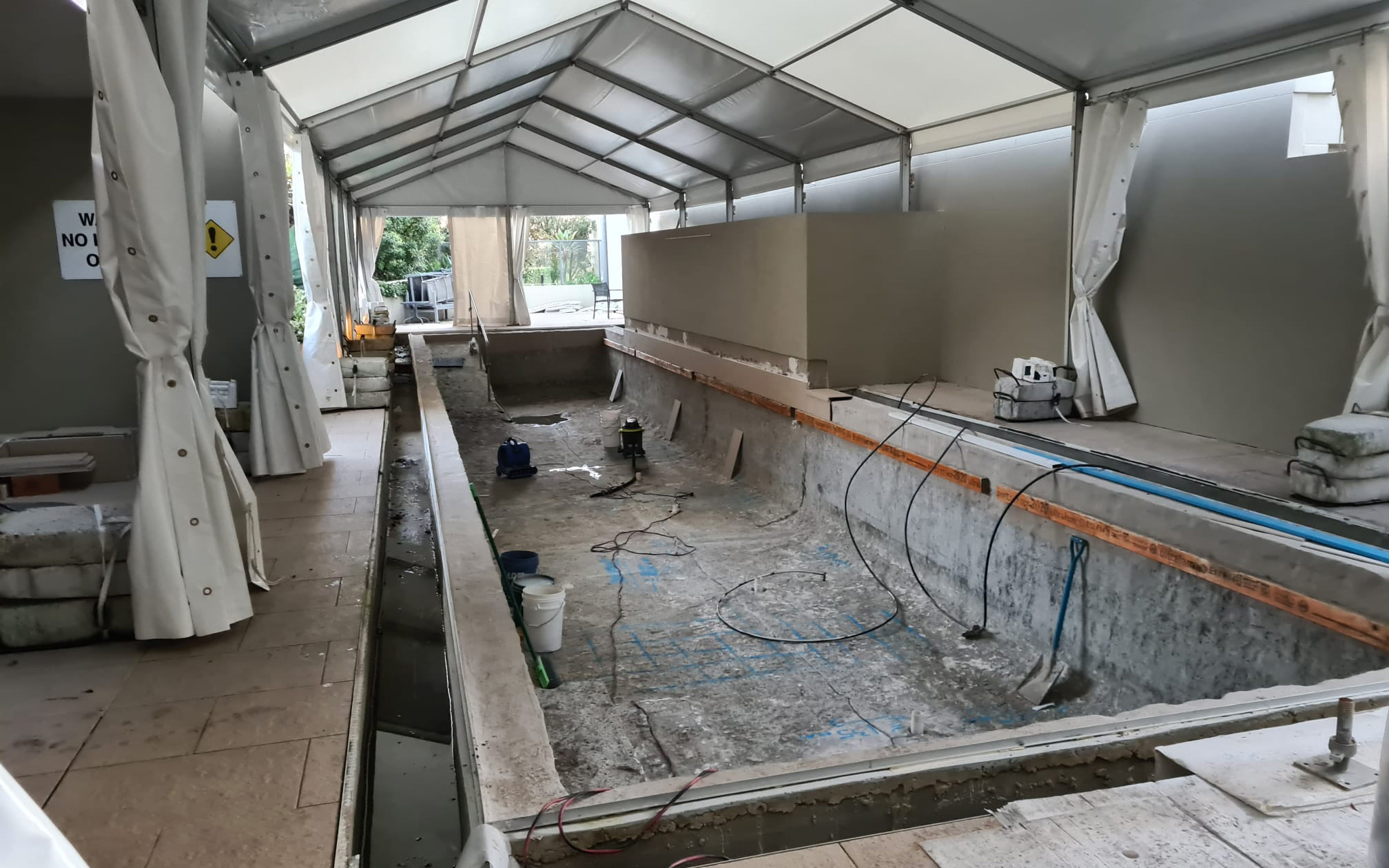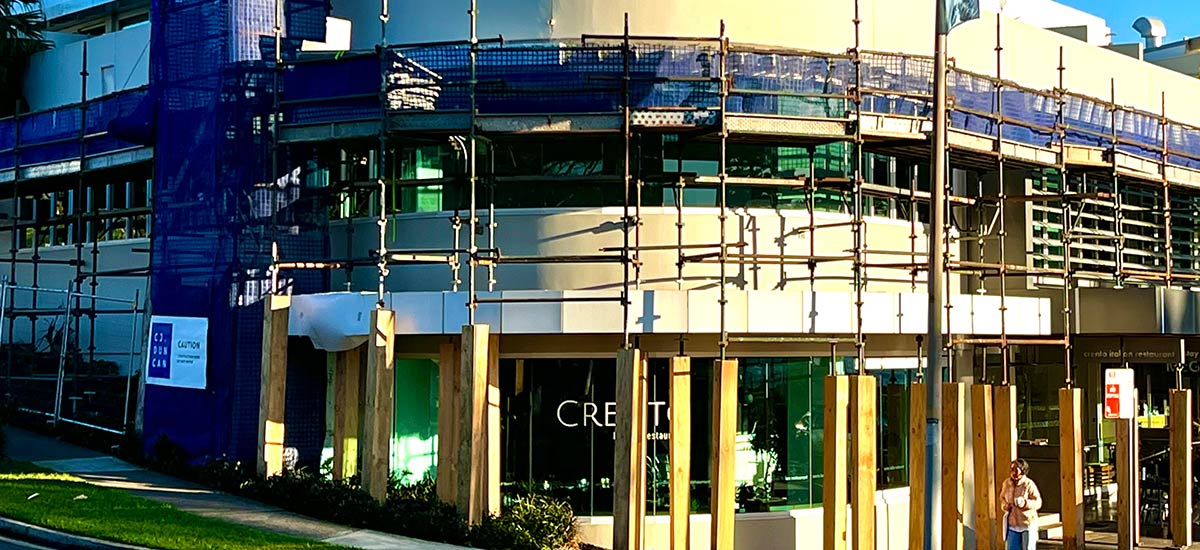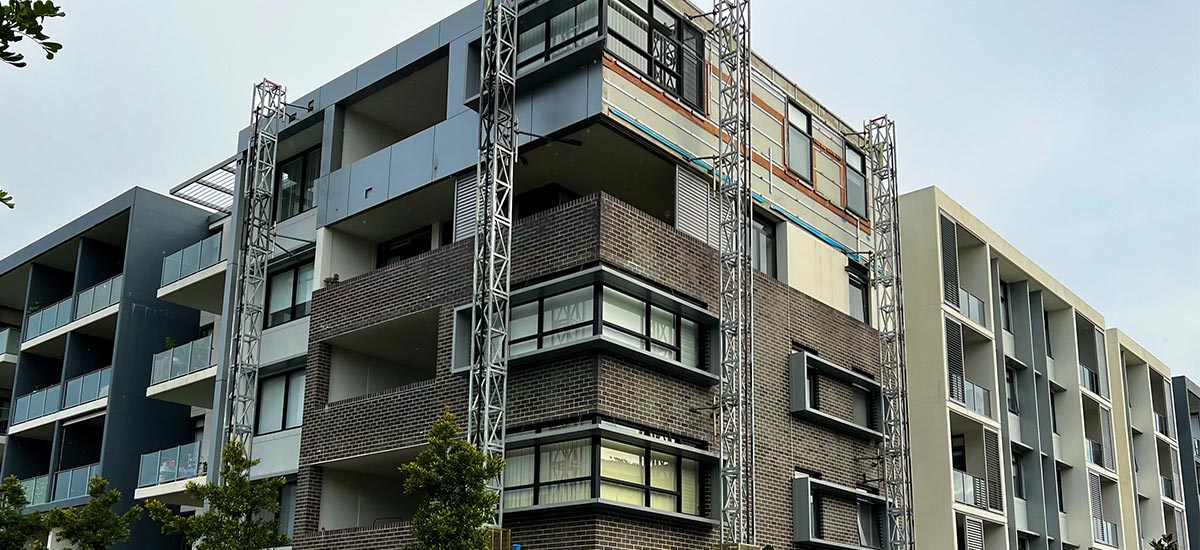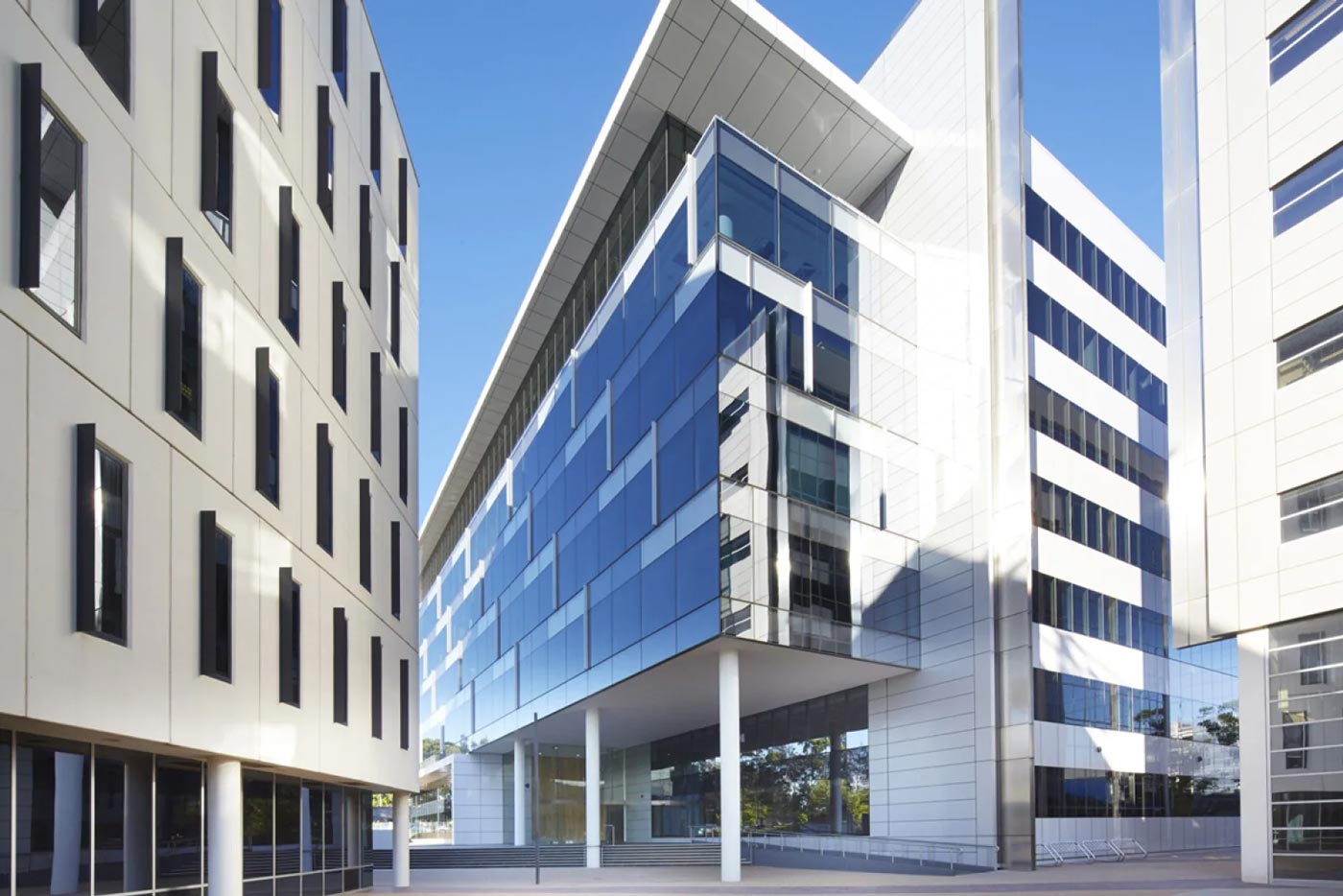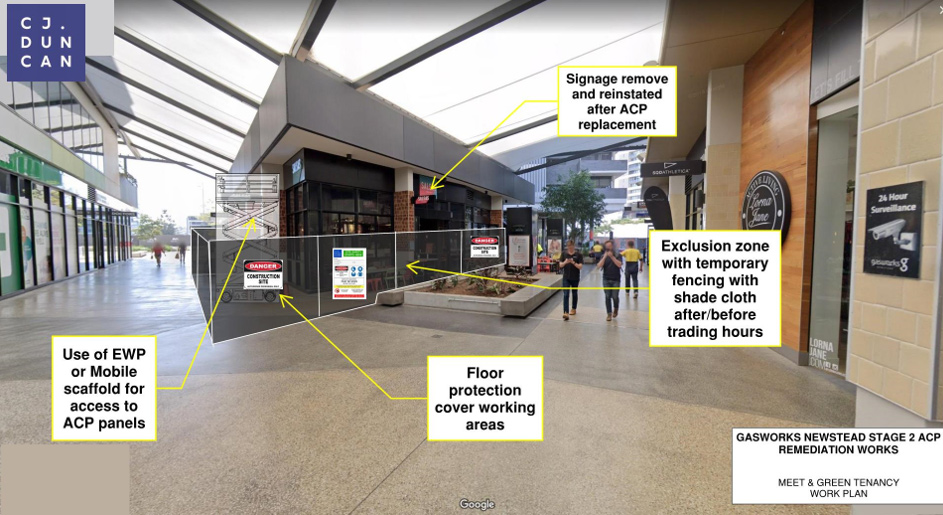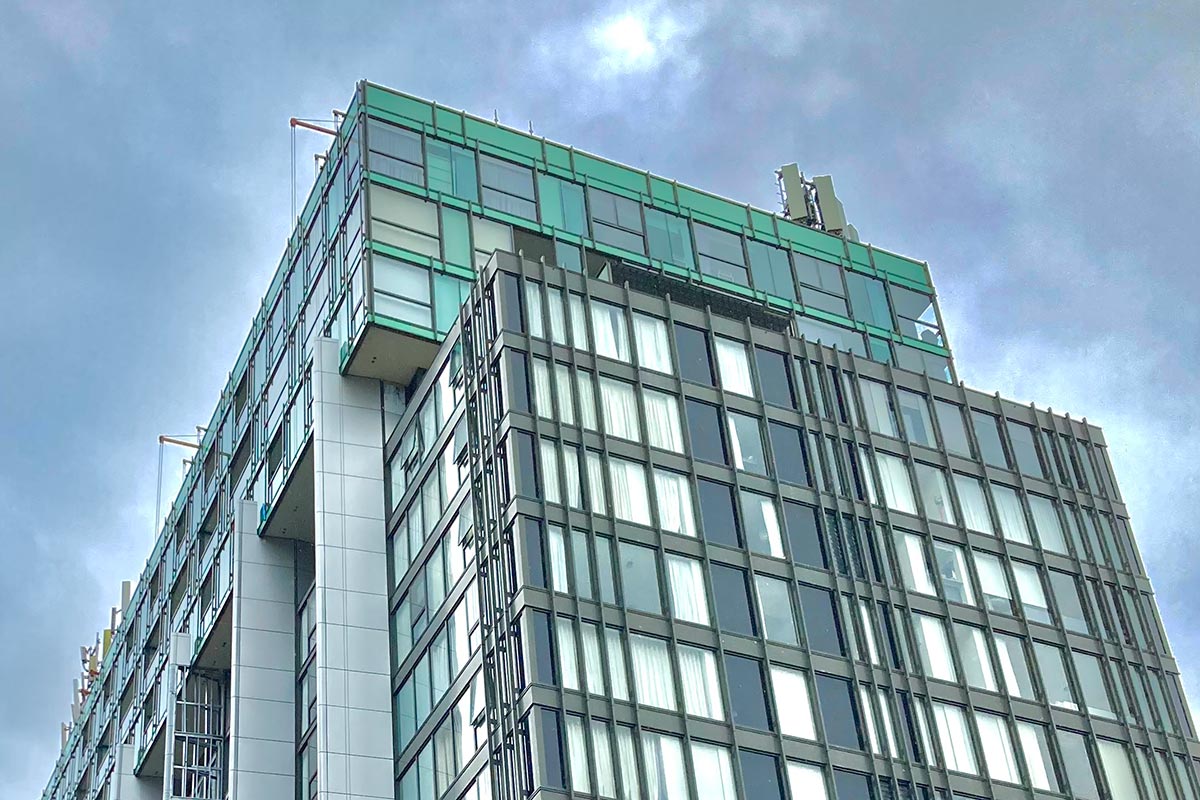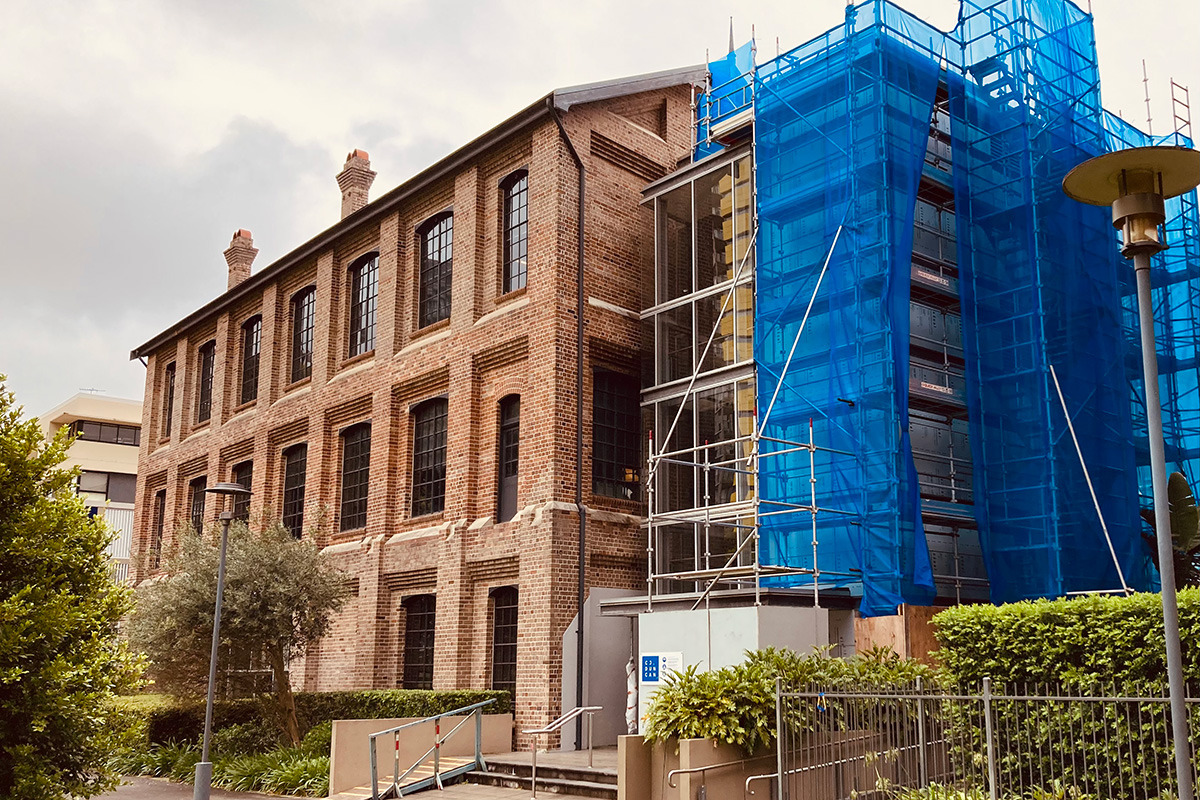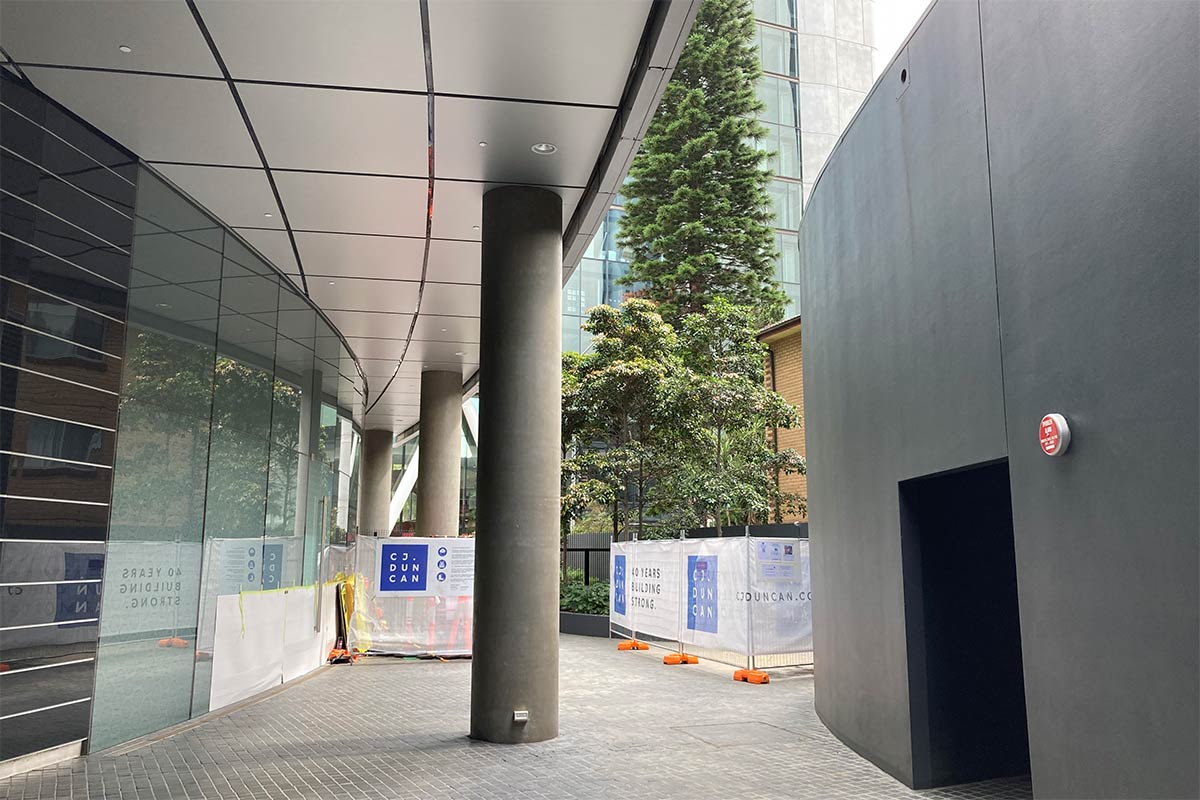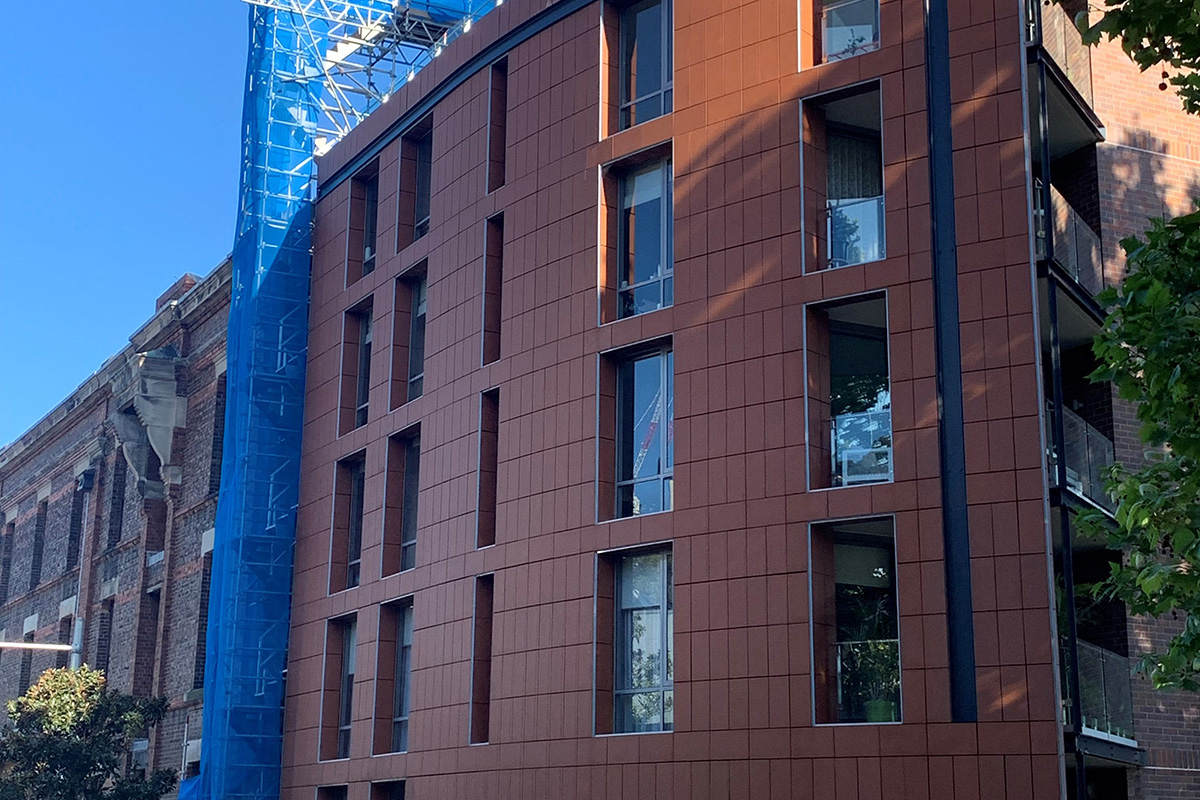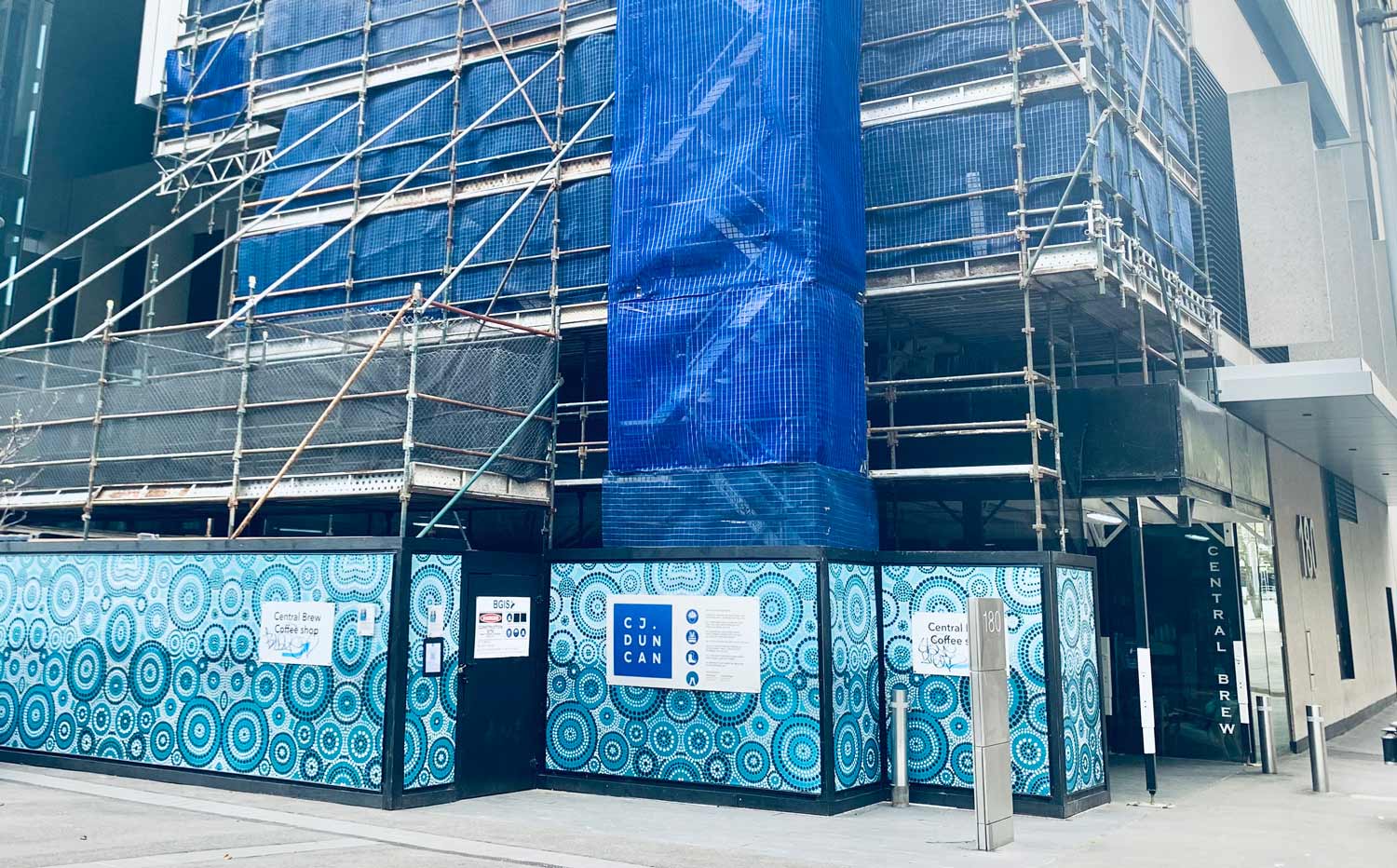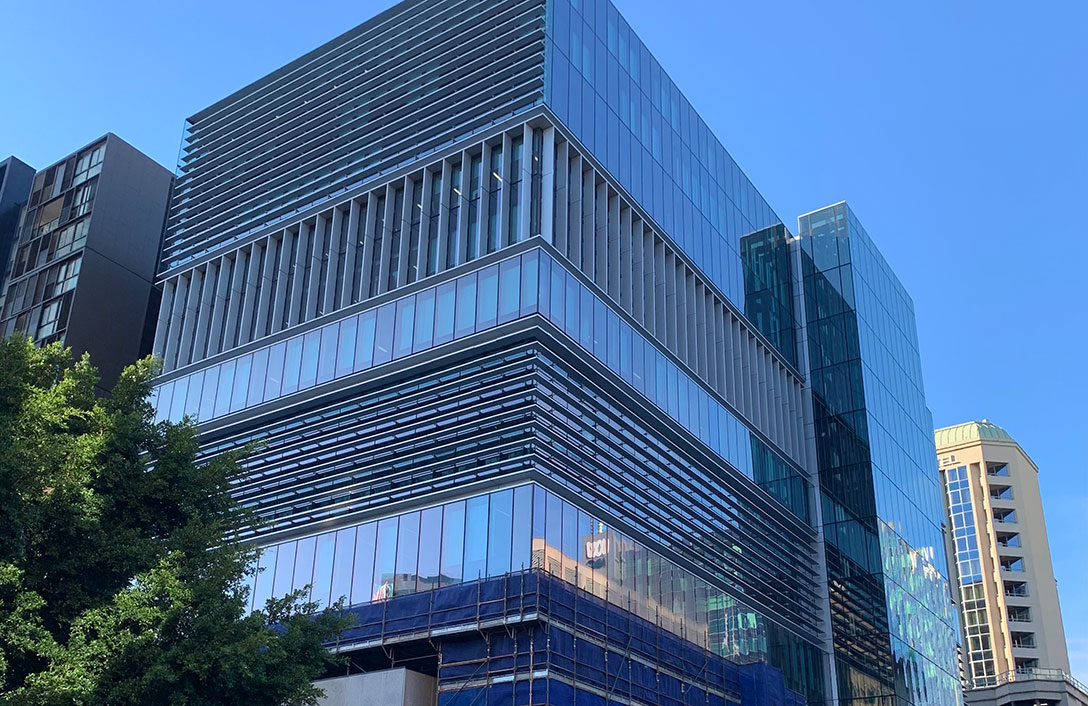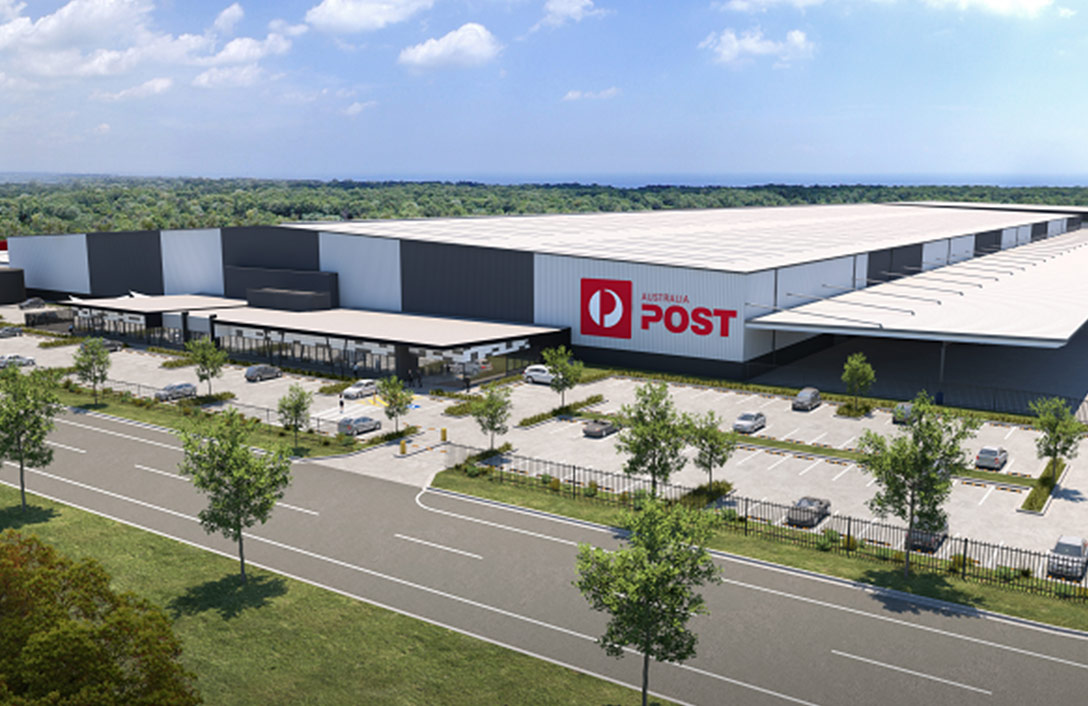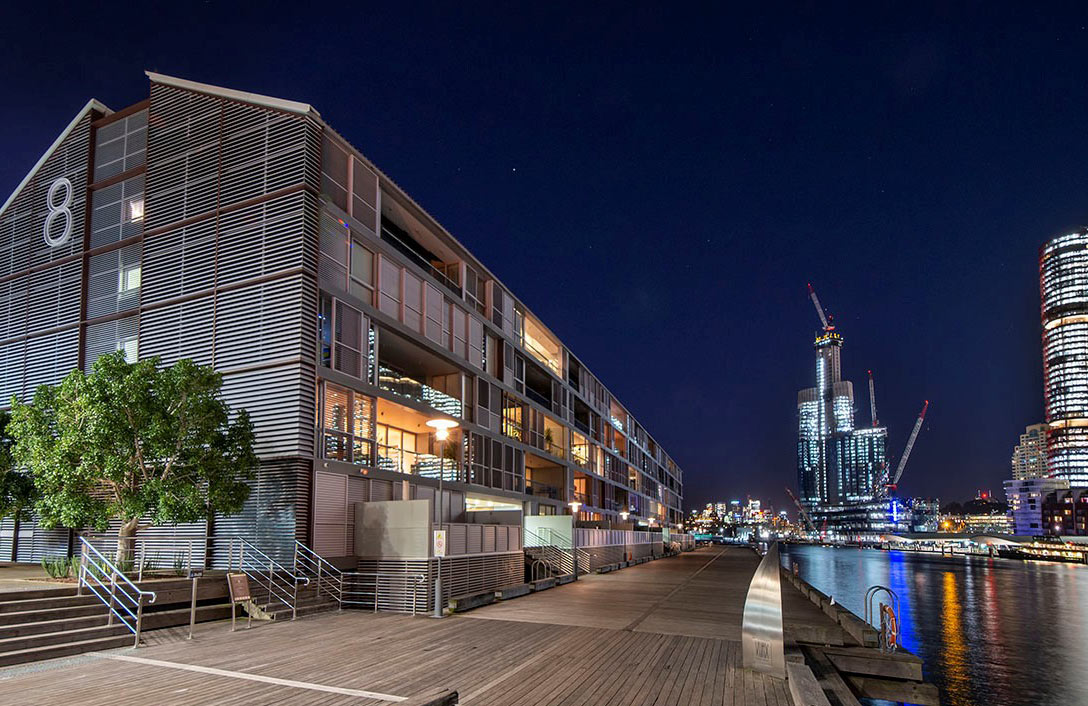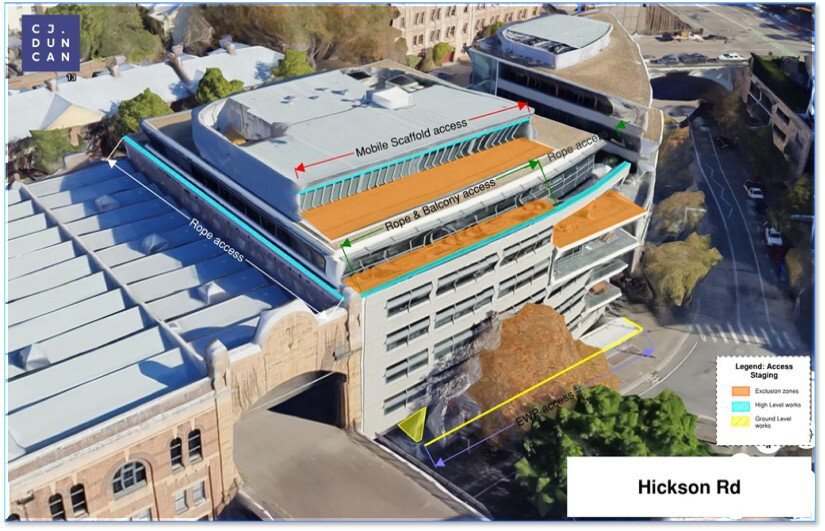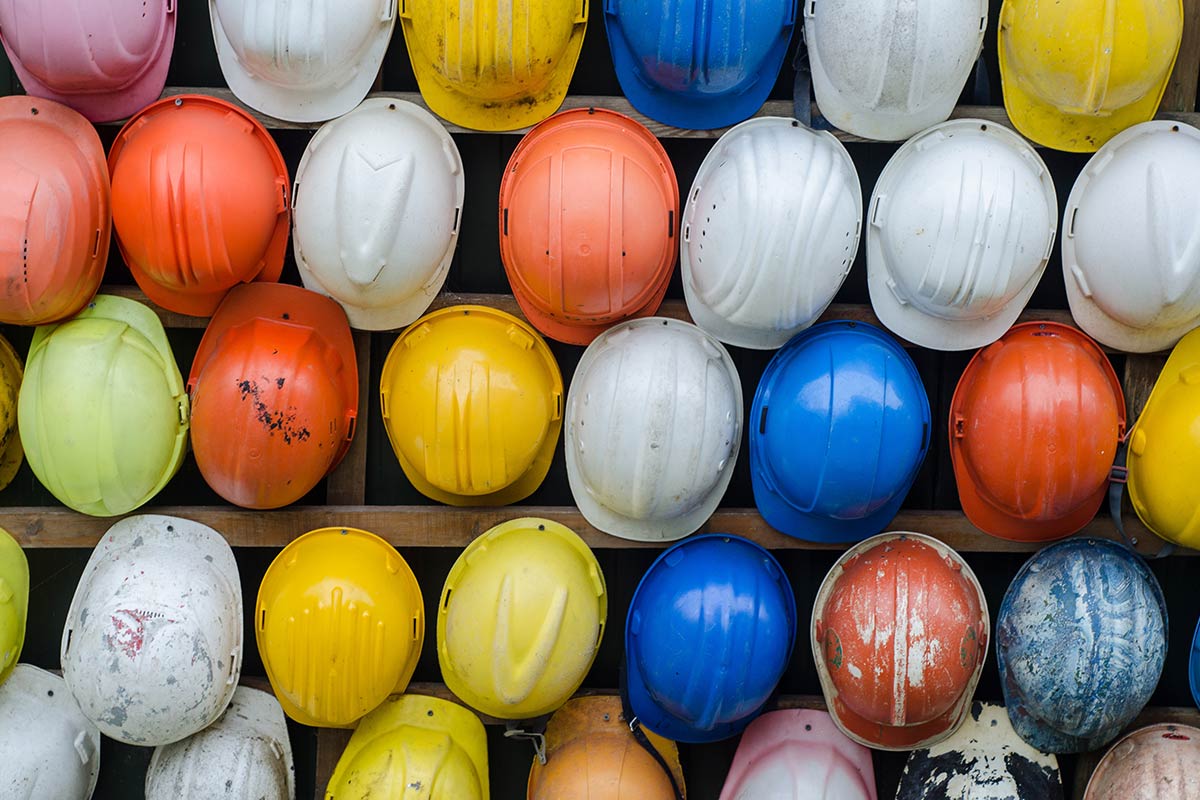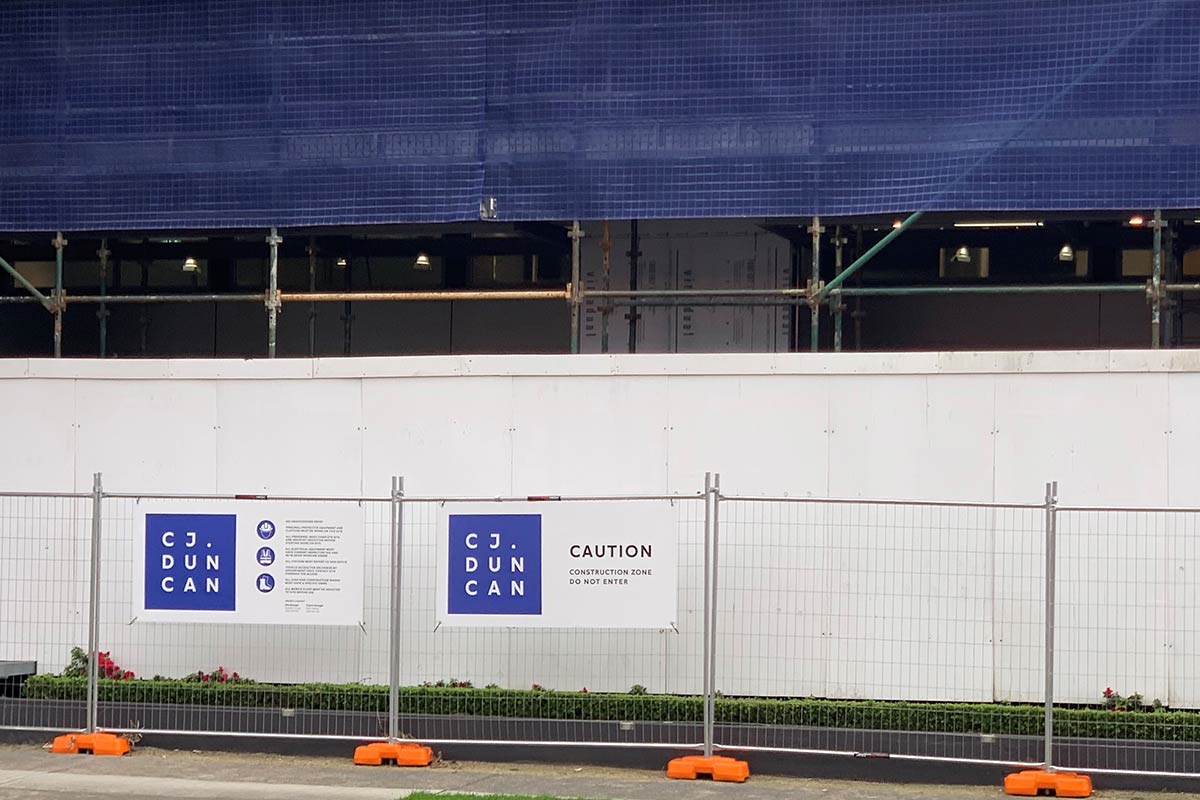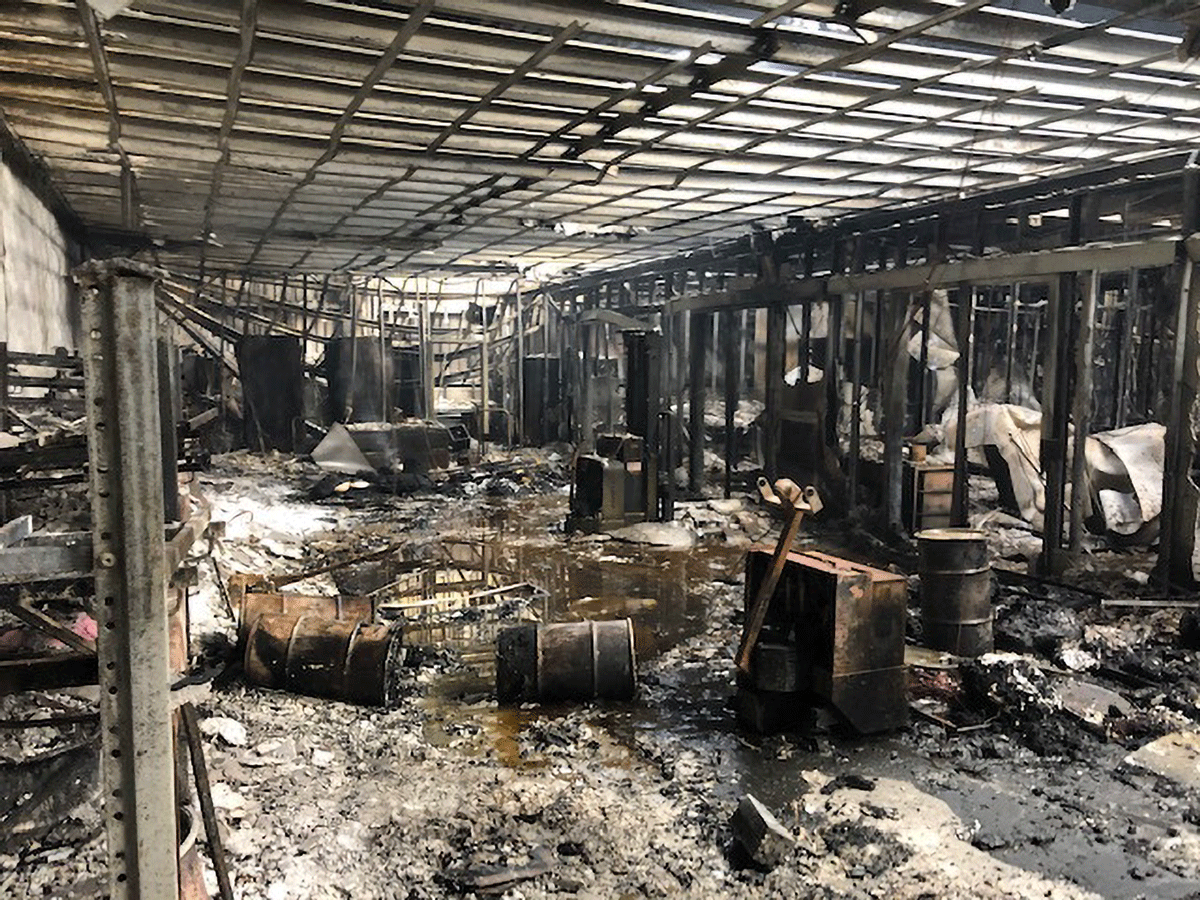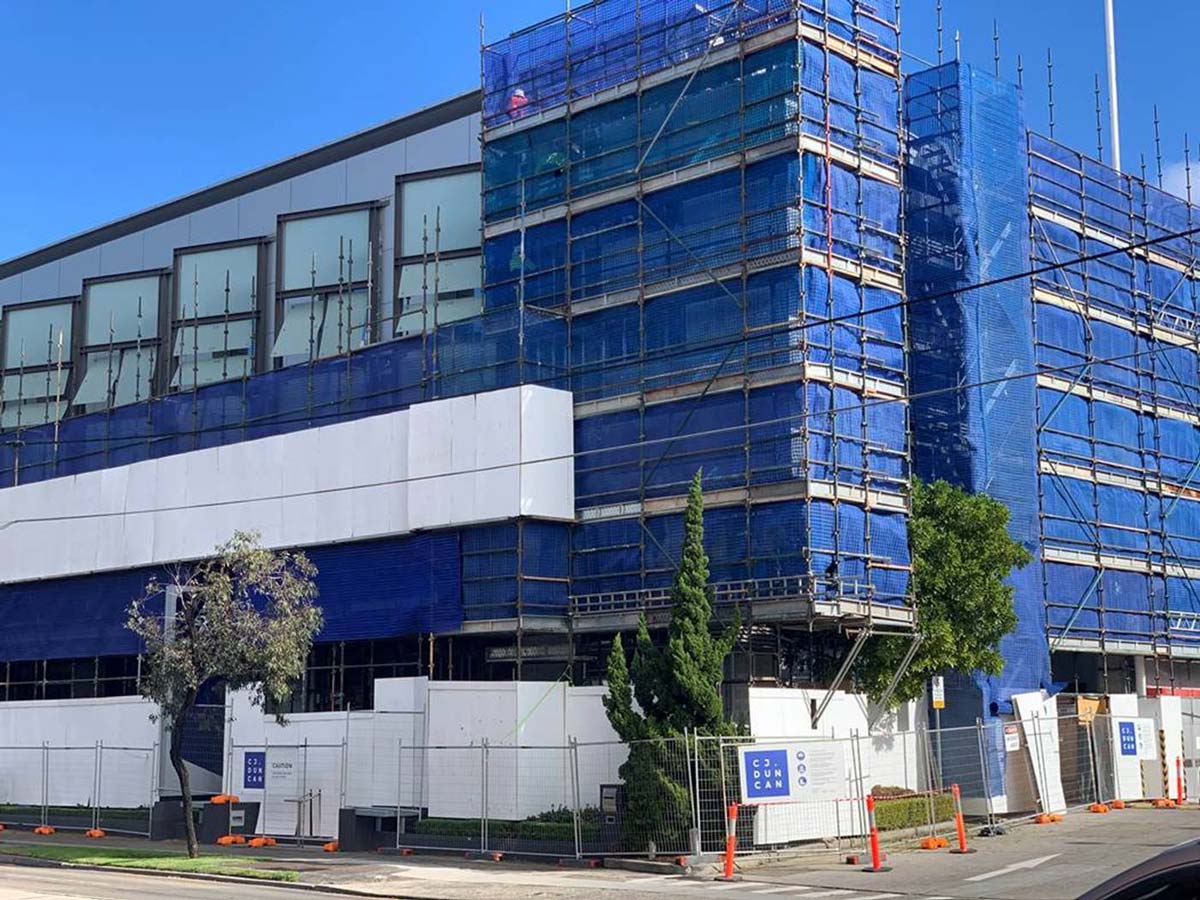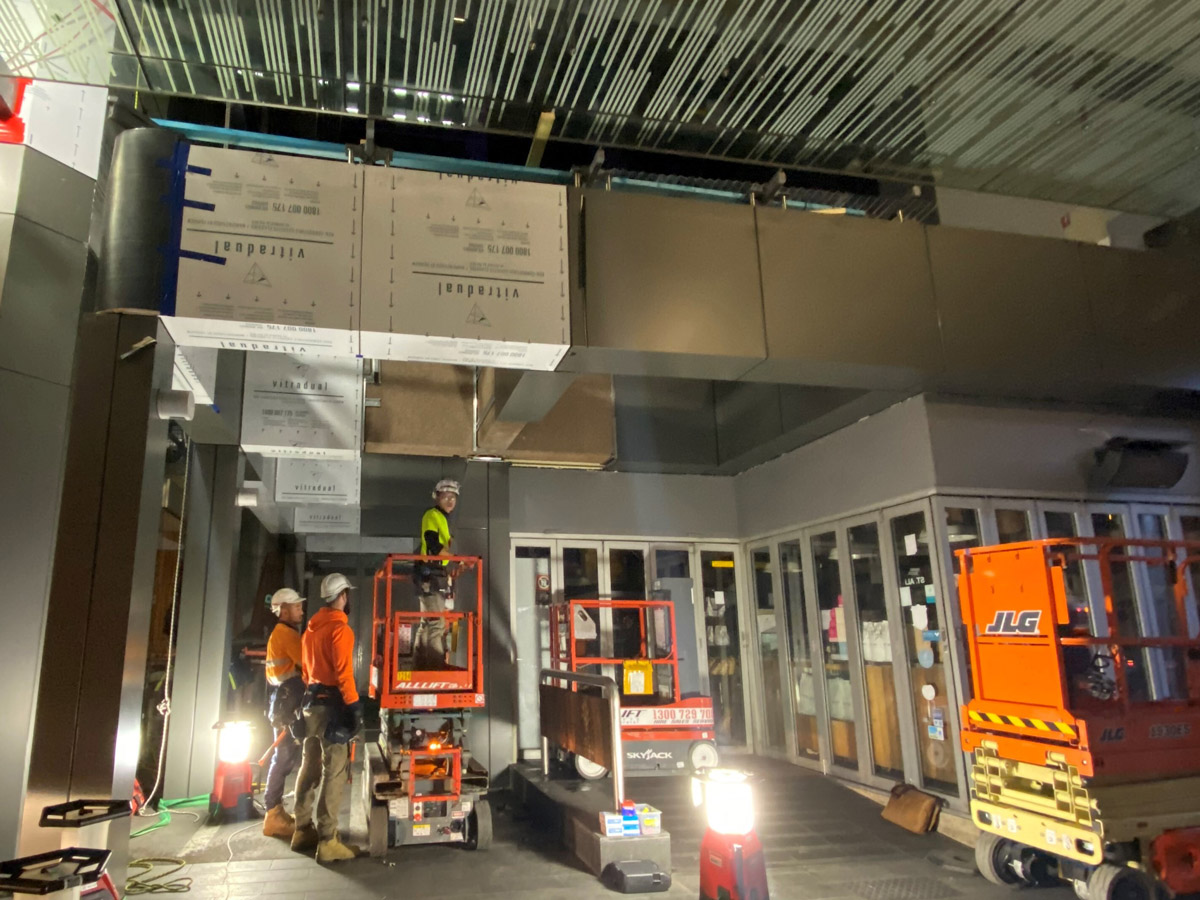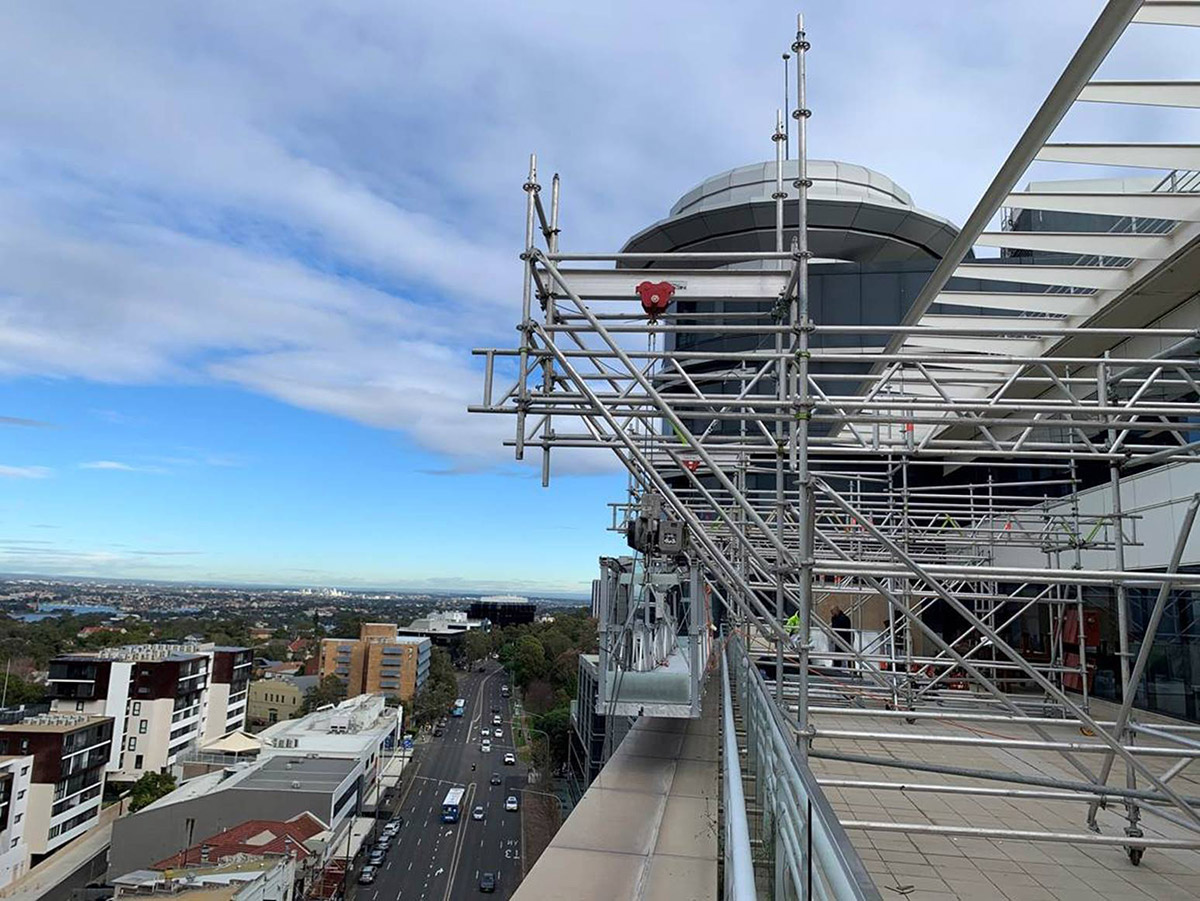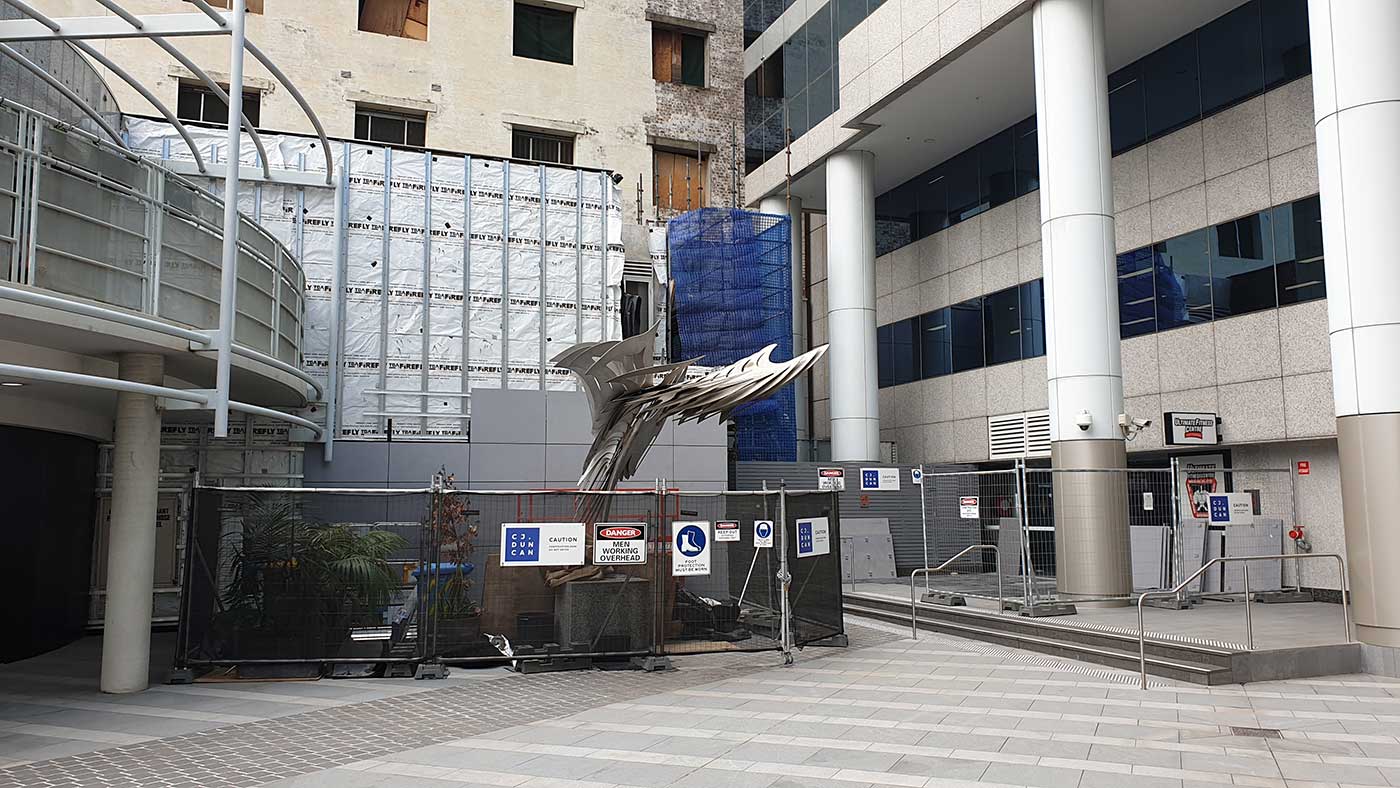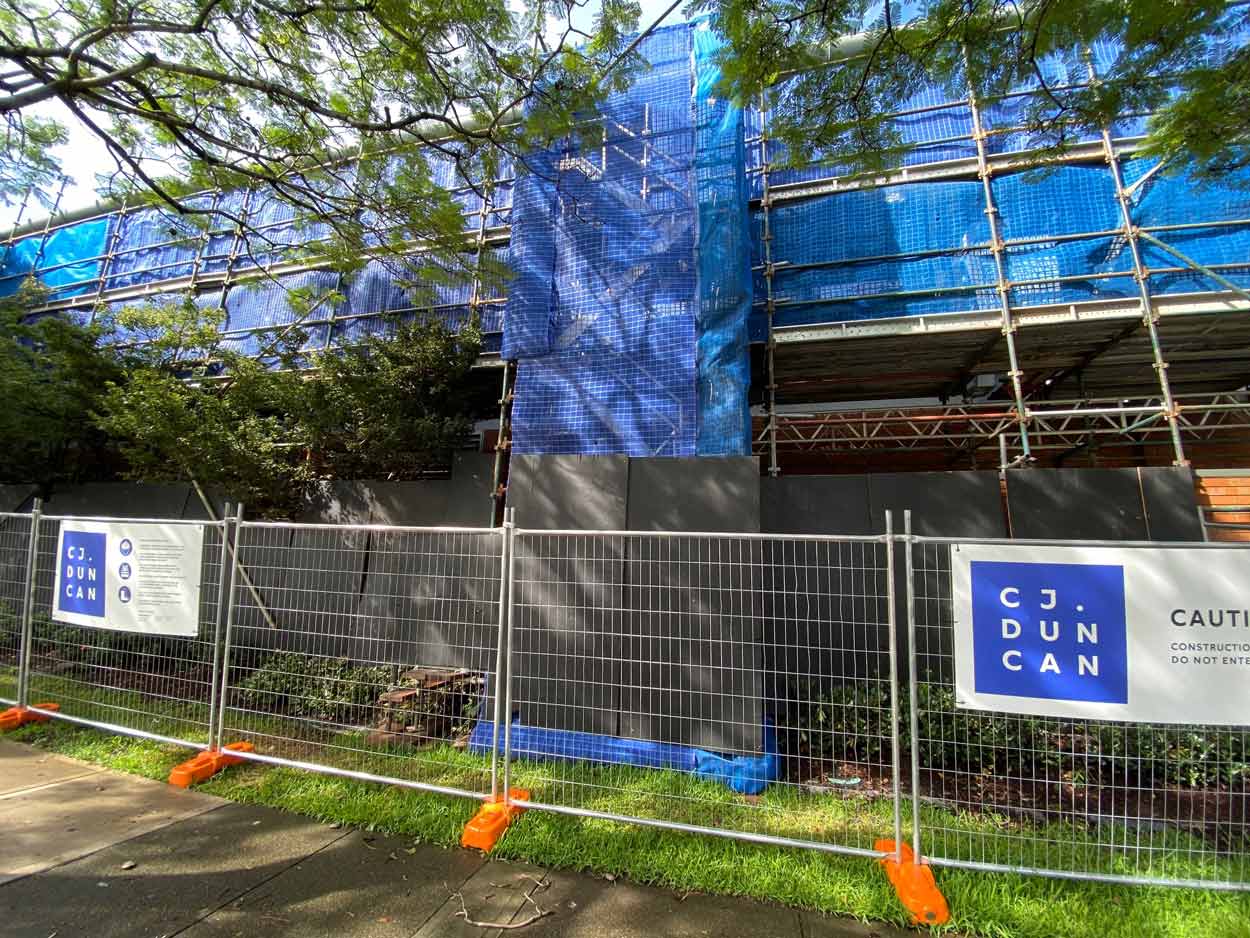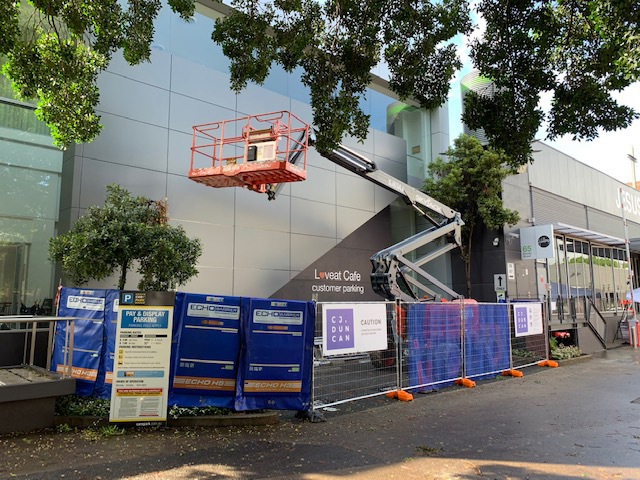News
NSW parliamentary report combustible cladding & building defects
News May 2020
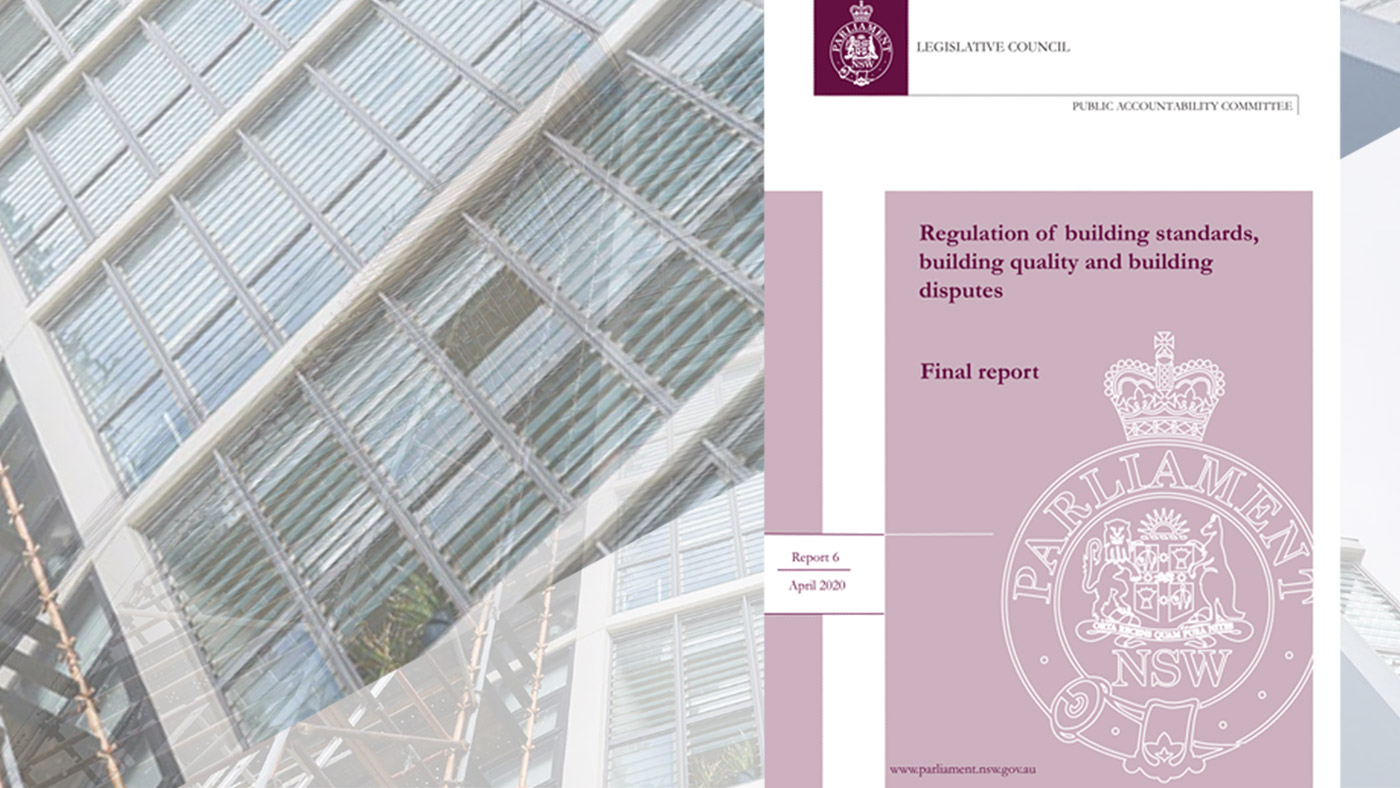
The NSW Public Accountability Committee’s (PAC) Final Report into ‘Regulation of building standards, building quality and building disputes’, released on 30 April 2020, makes 22 much-needed recommendations to address the systemic issues facing the NSW building industry and building owners.
As a 40 year remedial building specialist, CJ Duncan welcomes the 22 recommendations of the NSW Public Accountability Committee’s (PAC) Final Report into ‘Regulation of building standards, building quality and building disputes’, released on 30 April 2020. In particular, we support the 12 specific recommendations on how the NSW government should better address the major public safety issue of combustible cladding installed on the facades of commercial and residential buildings. The PAC was tasked with inquiring into and report on the regulation of building standards, building quality and building disputes by government agencies in New South Wales, including:
- the NSW government’s response to combustible cladding and building defects (as highlighted by Opal Tower and Mascot Towers);
- the role of private certifiers in protecting building standards;
- the adequacy of consumer protections for owners and purchasers of new apartments/dwellings, and the limitations on building insurance and compensation schemes;
- the role of strata committees in responding to building defects discovered in common property;
- the current status and degree of implementation of recommendations of reports into the building industry including the Lambert report 2016, the Shergold/Weir report 2018 and the Opal Tower investigation final report 2019;
- and any other related matter.
The reports is a sobering read on the considerable challenges the NSW building industry and property owners face, arising from the many defective buildings that have been built and certified over the past 20 years, as a result of poor regulation and a lack of compliance by numerous stakeholders. Many owners have been left to pay for multi-million dollar repairs with limited prospects of legal recourse against the parties responsible, due to; complexity, cost, time-constraints and the ever present risk that the responsible parties will simply ‘phoenix’ their $2 shelf-company prior to any judgement being made against them. In addition, for owners in properties above three storeys in height, there is no statutory insurance or compensation scheme to call upon for defects arising from new-builds.
“This report highlights the systemic issues plaguing the building and construction industry and the lack of regulation and oversight by the NSW Government. Alongside the deeply concerning issues covered in our first report, this final report documents the concerns regarding flammable cladding, private certification and the role of strata committees in dealing with defective buildings.” says PAC Chairman, David Shoebridge, MLC
The PAC highlighted a number of deficiencies in the NSW government’s response to combustible cladding, noting the additional funding and resources that building owners, local councils and Fire & Rescue NSW (Fire Safety division) will require to address the combustible cladding issue with real urgency, modelled on the Victorian governments far more substantive response. The PAC also noted the very real insurance challenges that building owners and their consultants (engineers/architects/certifiers/builders) are now facing as the global insurance market seeks to limit its ‘risk’ exposure to buildings clad in combustible materials and the consequential ‘professional indemnity’ risks arising from consultants working on the much-needed remediation of these buildings.
“The issue of flammable cladding is a major public safety issue. It is widespread and requires urgent attention. The risk is too great for government to not take action and help homeowners in removing flammable cladding from their buildings. We do not want a Grenfell Tower crisis here in New South Wales before the government is forced to take meaningful action to solve a problem that was created from the lack of government regulation in the first place. The response from the NSW Government in
addressing the issue of flammable cladding so far is wholly inadequate.” says PAC Chairman, David Shoebridge, MLC.
The PAC also noted numerous issues with the the NSW Cladding Register, including the lack of singular register across various government agencies, inability for interested parties to access the register(s) due to arson and terrorism concerns, and the lack of awareness of the cladding risk for tenants and occupants (distinct from owners) and prospective purchasers.
Combustible cladding-specific recommendations
Recommendation 4
That the NSW Government release and act immediately on the advice of the NSW Building Commissioner in relation to flammable cladding, or alternatively explain why it prefers an alternative approach.
Recommendation 5
That the NSW Government establish a separate division in the Building Commission, modelled on Cladding Safety Victoria, to lead the response to flammable cladding on New South Wales buildings. The cladding division should sit within the Building Commission, as recommended in the first report of this inquiry, and be responsible to the NSW Building Commissioner.
Recommendation 6
That the NSW Government require property owners, landlords and real estate agents to disclose whether a building contains flammable cladding, and the progress of any rectification measures, to prospective buyers and tenants within a reasonable timeframe prior to signing contracts and when a property is open for inspection.
Recommendation 7
That the NSW Government ensure that all buildings designed for public use such as cinemas, shopping centres, universities, hotels, entertainment centres, childcare centres and hospitals that are assessed as high-risk for flammable cladding are remediated as a priority. Additionally, members of the public entering those buildings should be made aware that a building is high-risk. This might take the form of the compulsory display of a notice to this effect and compulsory notification at the time of booking where possible.
Recommendation 8
That the NSW Government publish the specific criteria used to classify buildings as no, low or high-risk in regards to flammable cladding.
Recommendation 9
That the NSW Government provide significant further resources to Fire and Rescue NSW to enable the Fire Safety Branch to respond to the issue of flammable cladding in a timely and comprehensive manner.
Recommendation 10
That the NSW Government urgently establish an expert panel or panels, similar to the panel established in Victoria, to assess and provide advice free of charge on cladding rectification plans, including what materials homeowners can use to replace flammable cladding.
Recommendation 11
That the NSW Government adopt a practice where genuine purchasers and potential tenants are able to access information from the cladding register or similar database to clarify the cladding status of their potential future home.
Recommendation 12
That the NSW Government provide a substantial funding package, proportionate to the Victorian Government’s $600 million package, to fund the rectification of buildings containing aluminium composite panels and building products that may be banned in future. The package should be available to homeowners who have already commenced remediation work.
Recommendation 13
That the NSW Government take a proactive role in identifying other potentially flammable cladding products on the market and move to ban them or otherwise prevent their unsafe use in the construction industry.
Recommendation 14
That the NSW Government, through the Building Ministers’ Forum, seek to amend the National Construction Code to require that building materials do not create a risk of debris falling from a building during fire conditions, including for composite products.
Recommendation 15
That the NSW Government, through the Building Ministers’ Forum, seek to ensure mandatory accreditation by the National Association of Testing Authorities, Australia (NATA) for all entities that test building materials.

